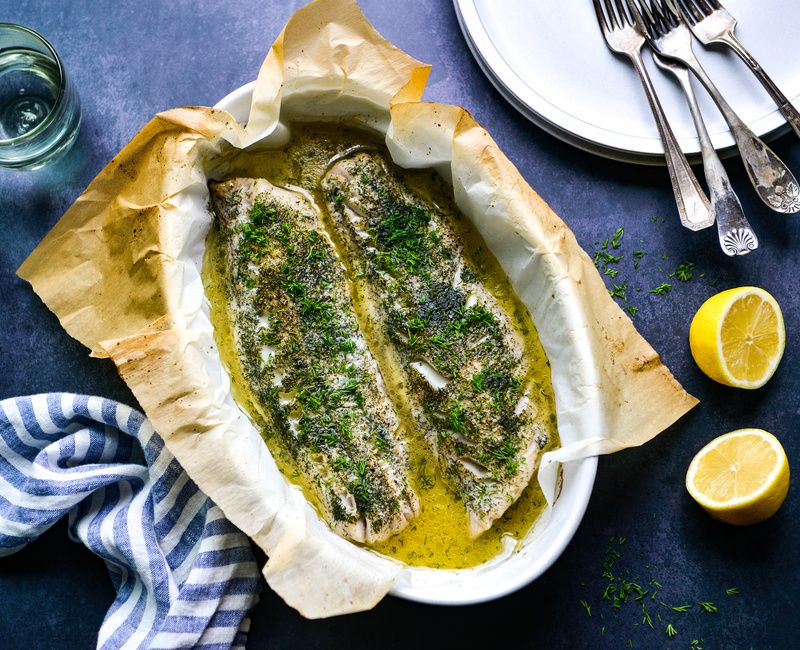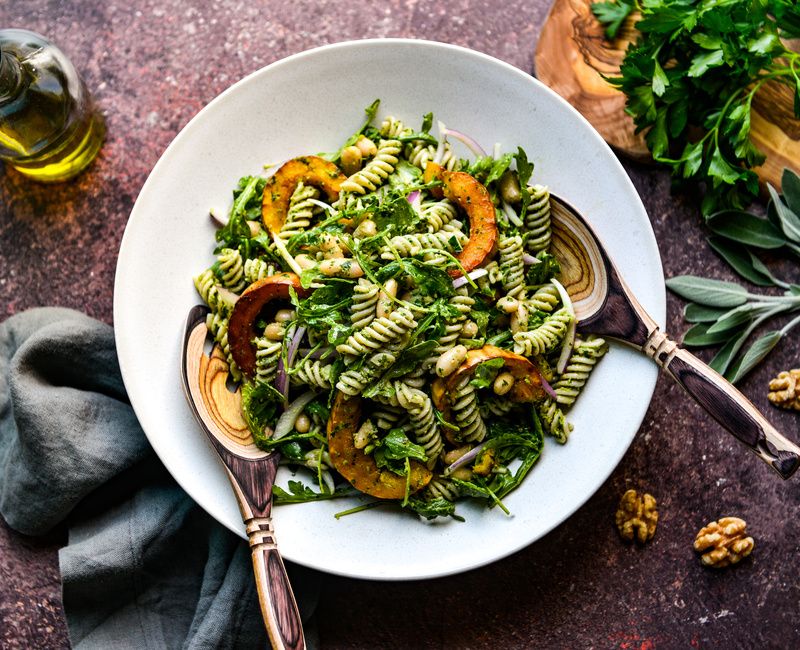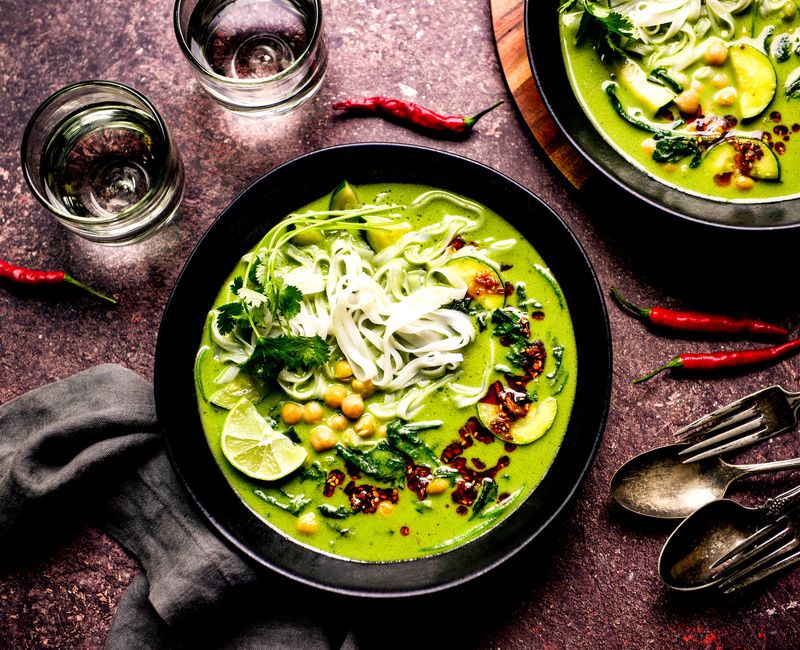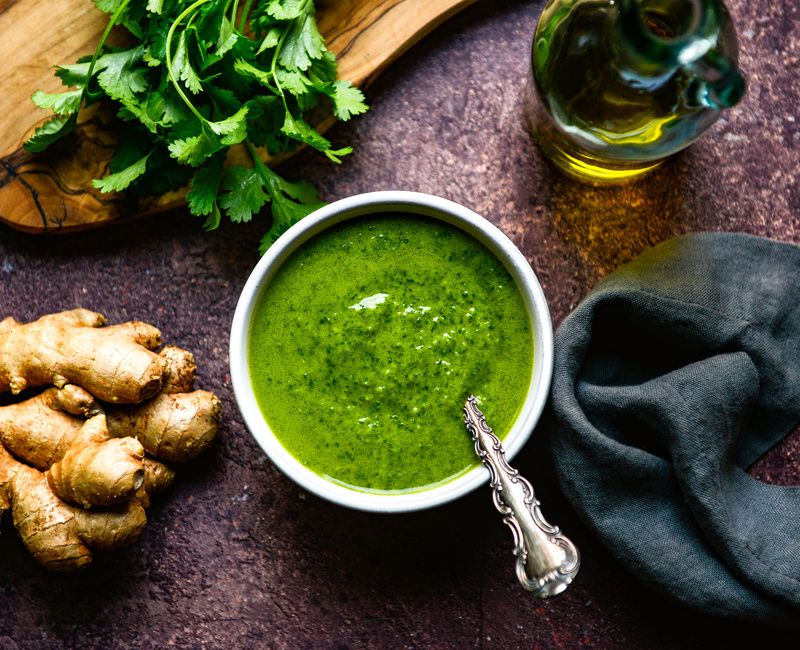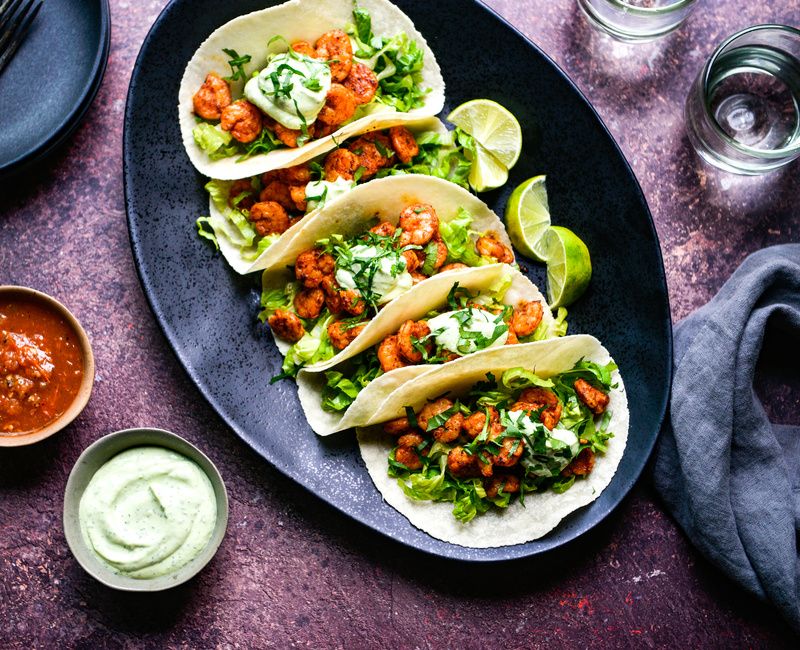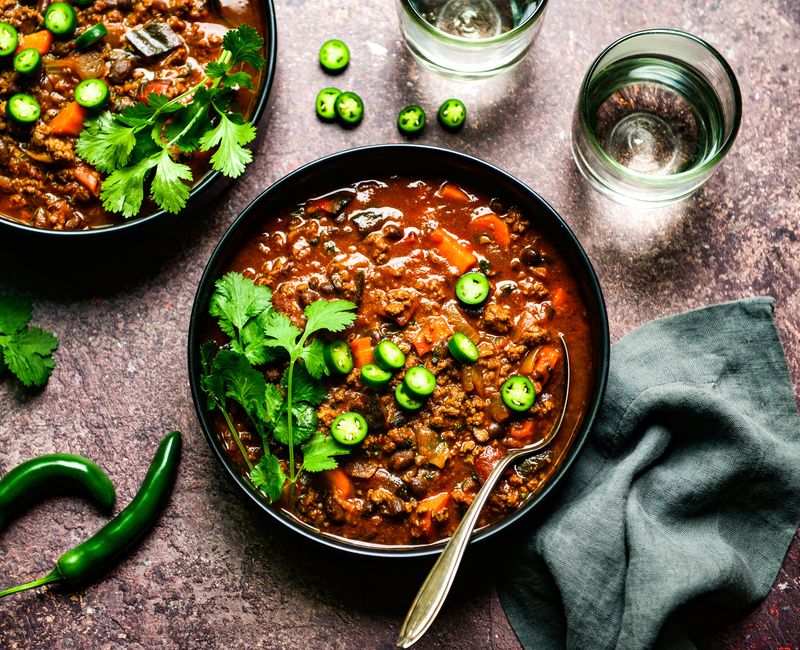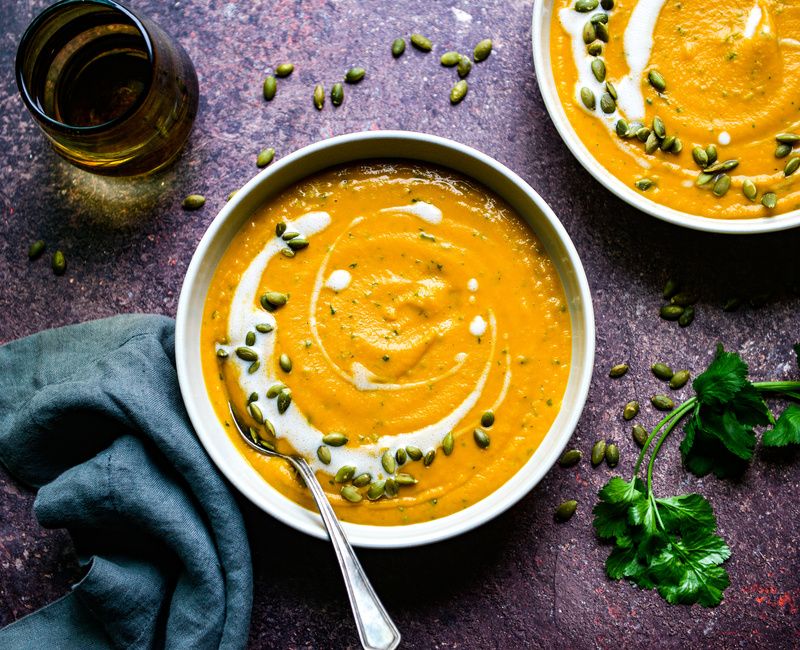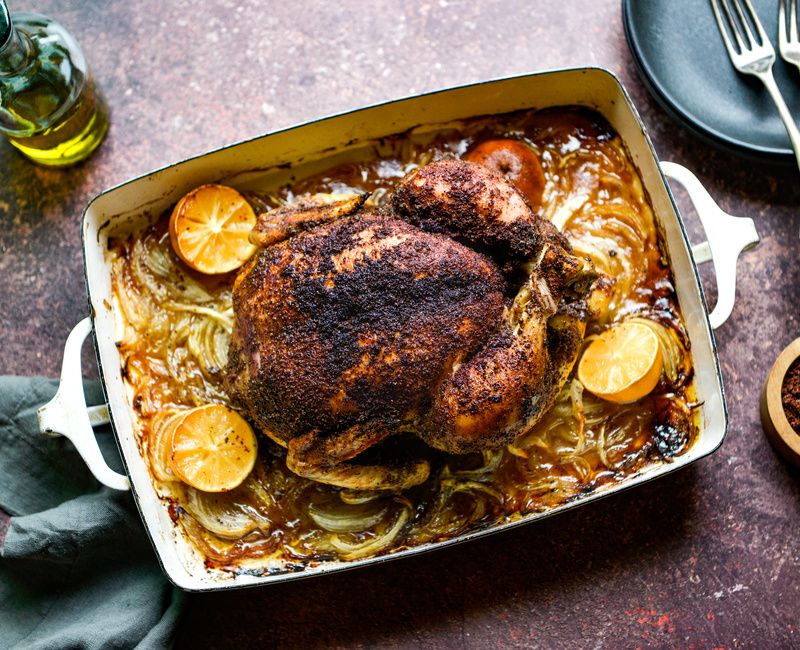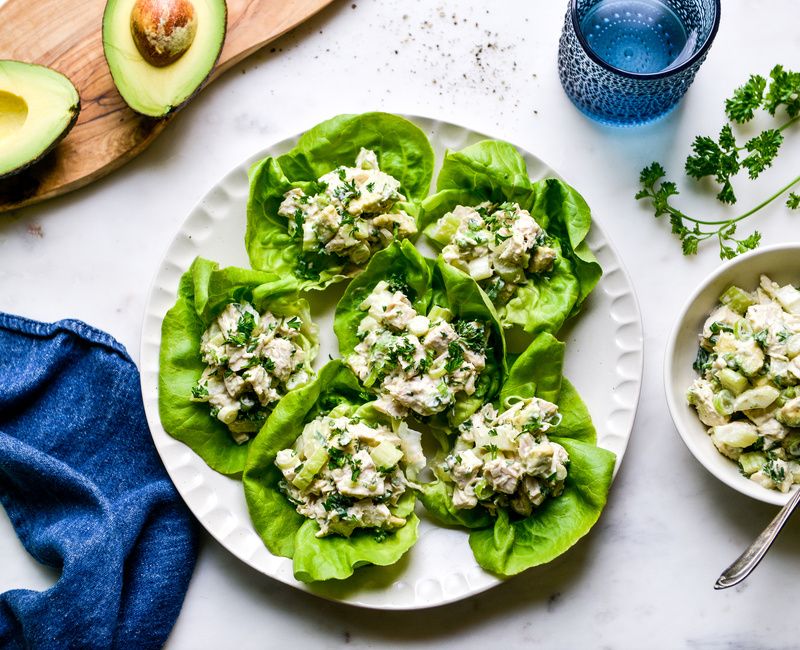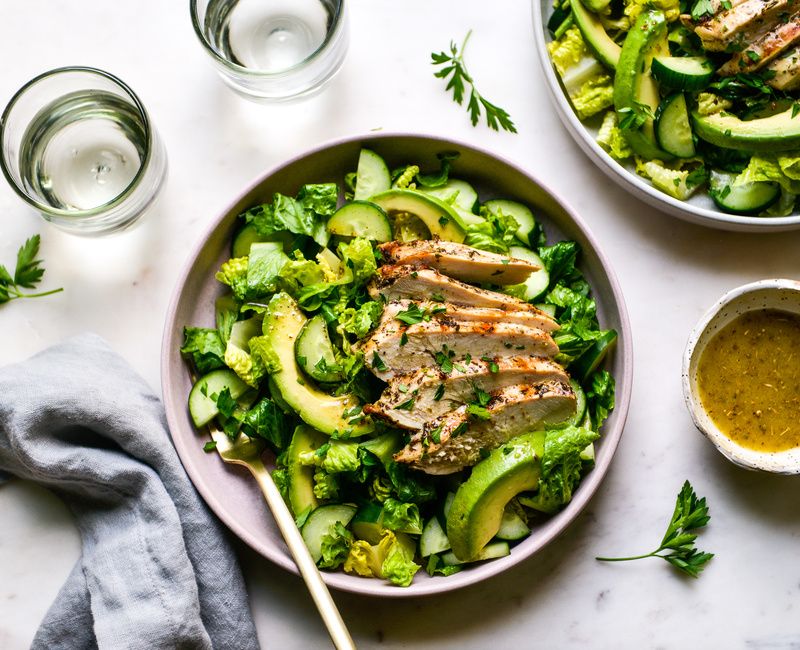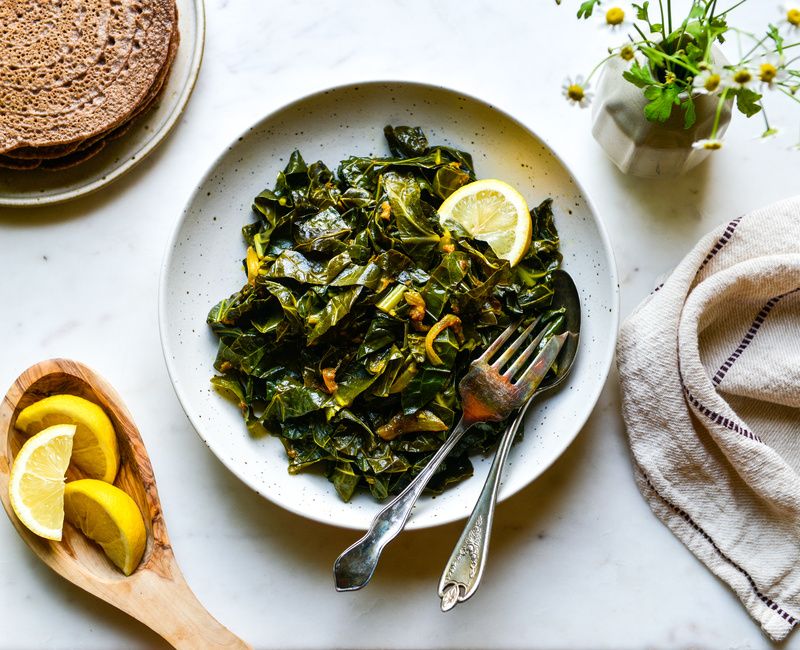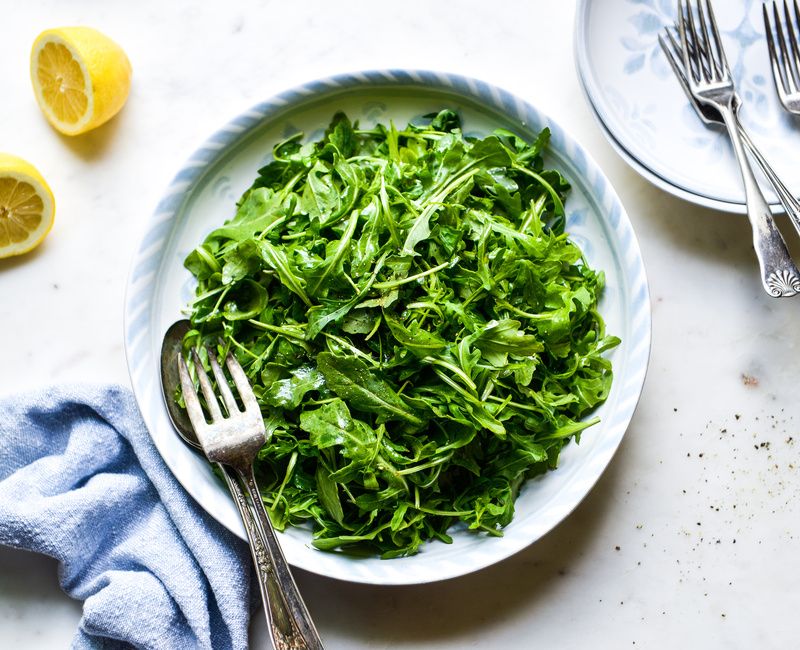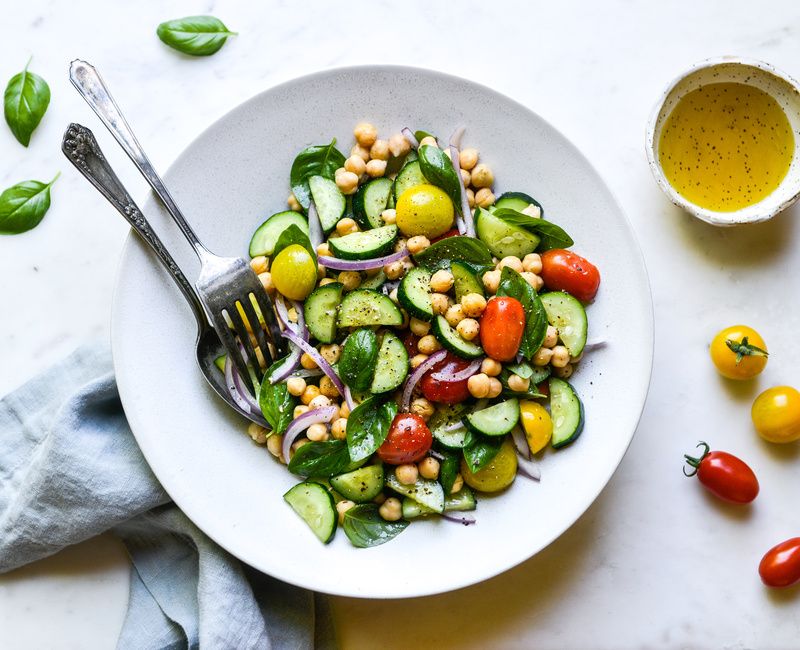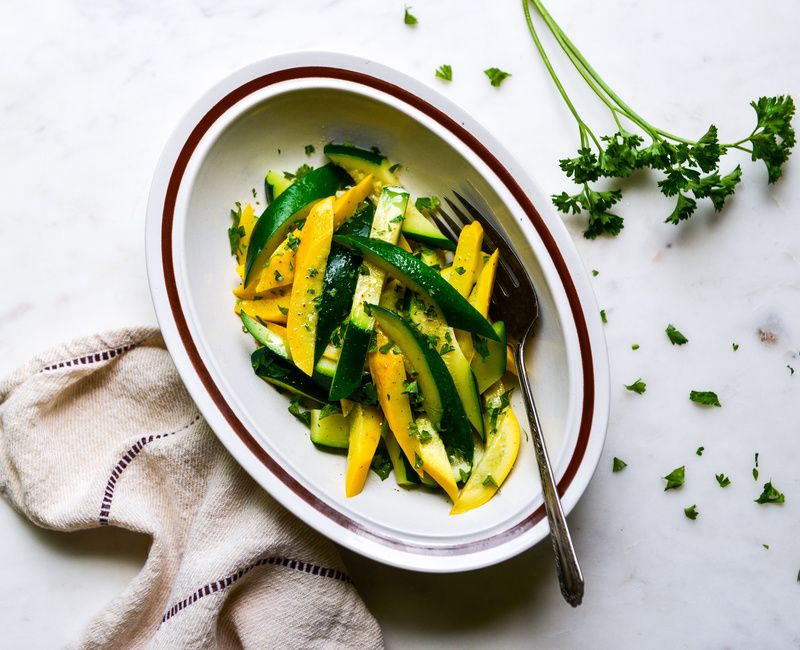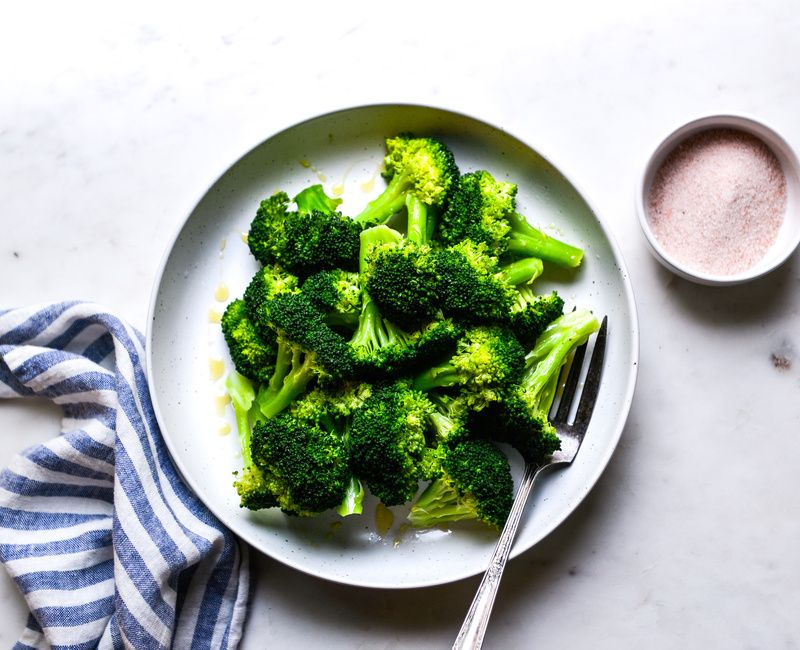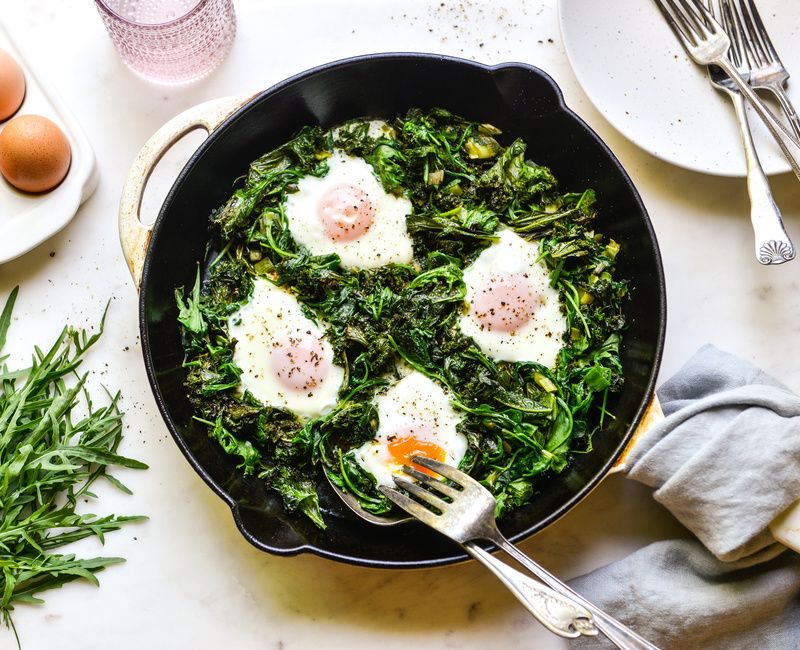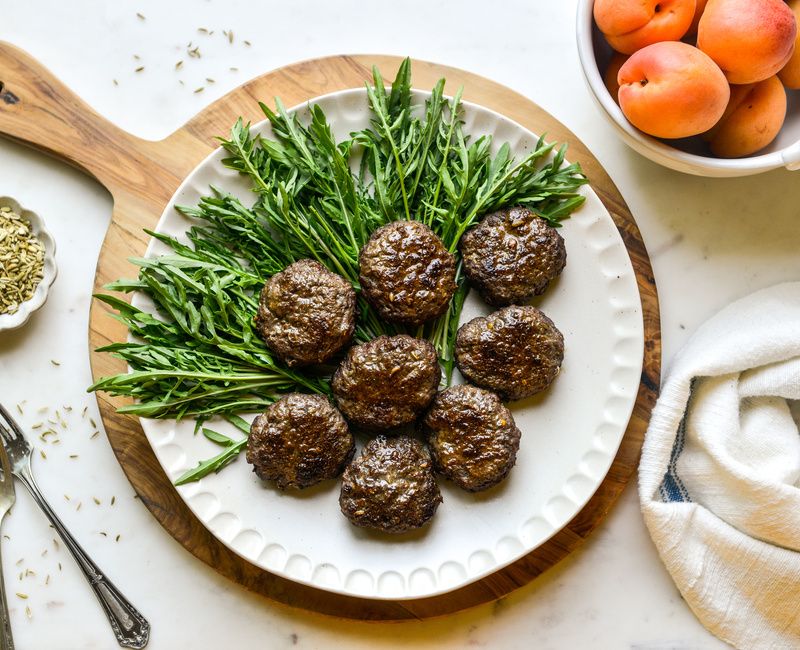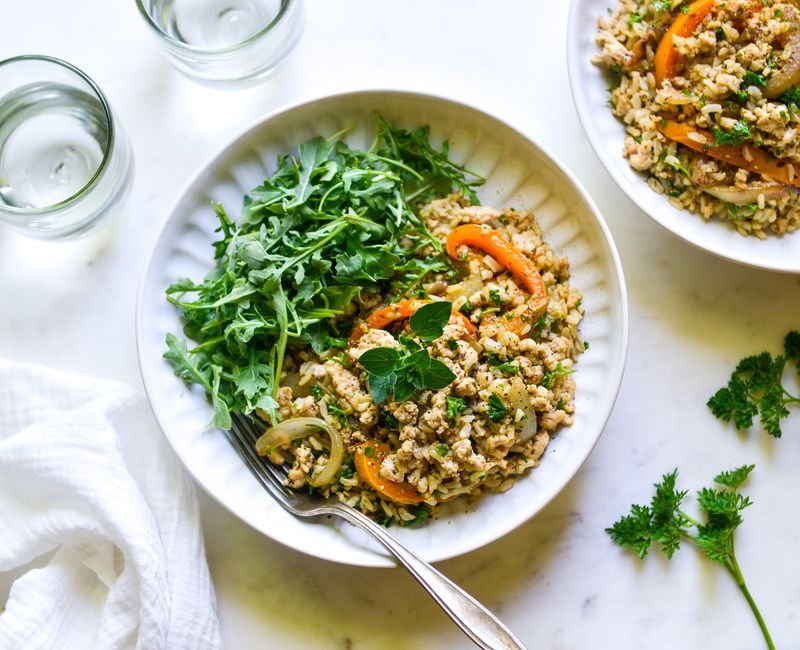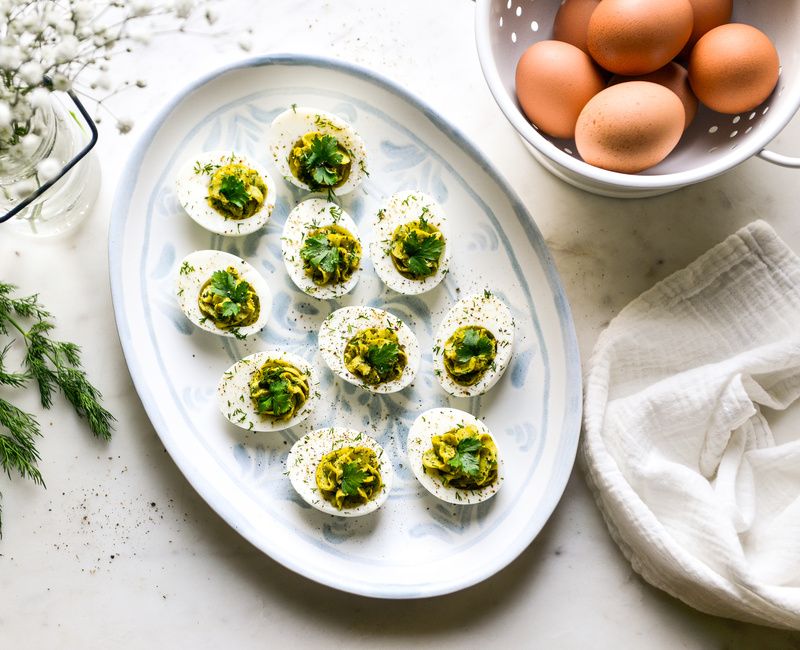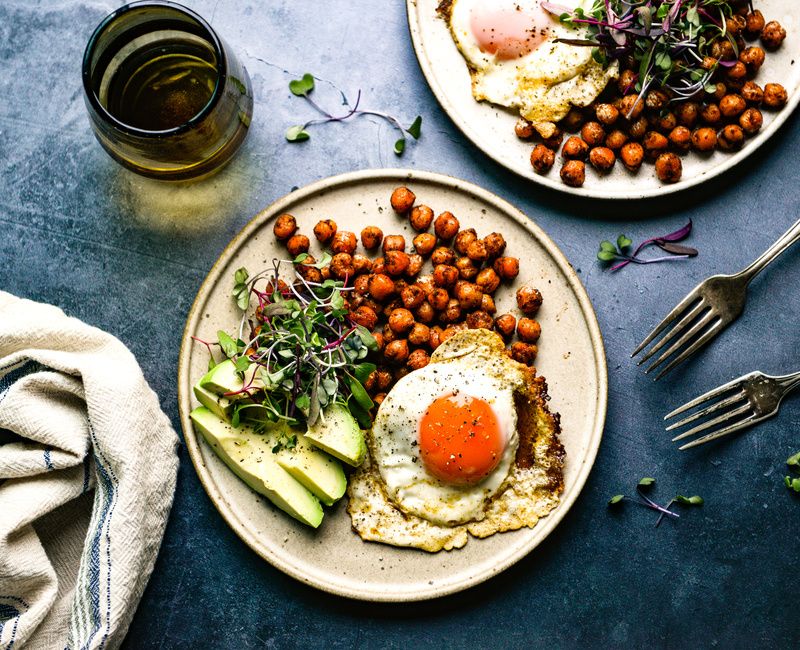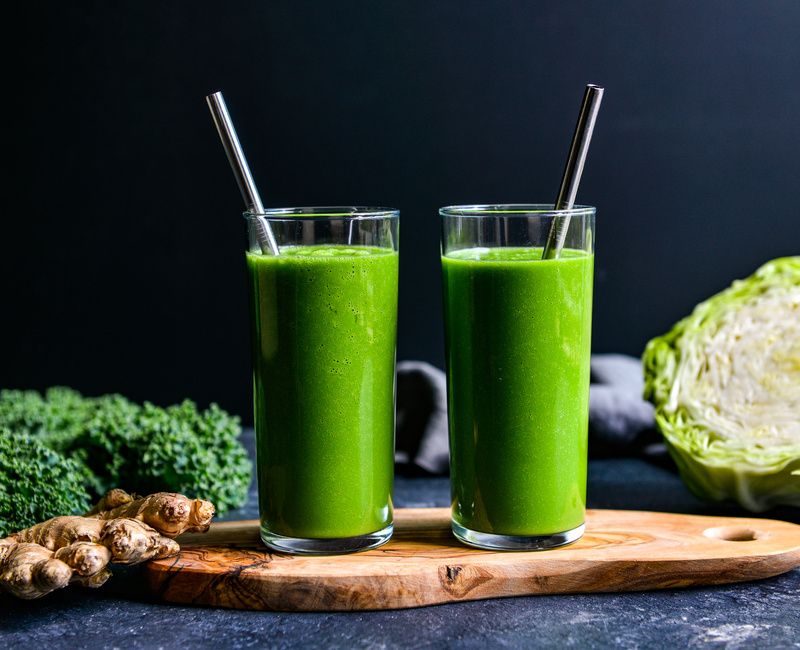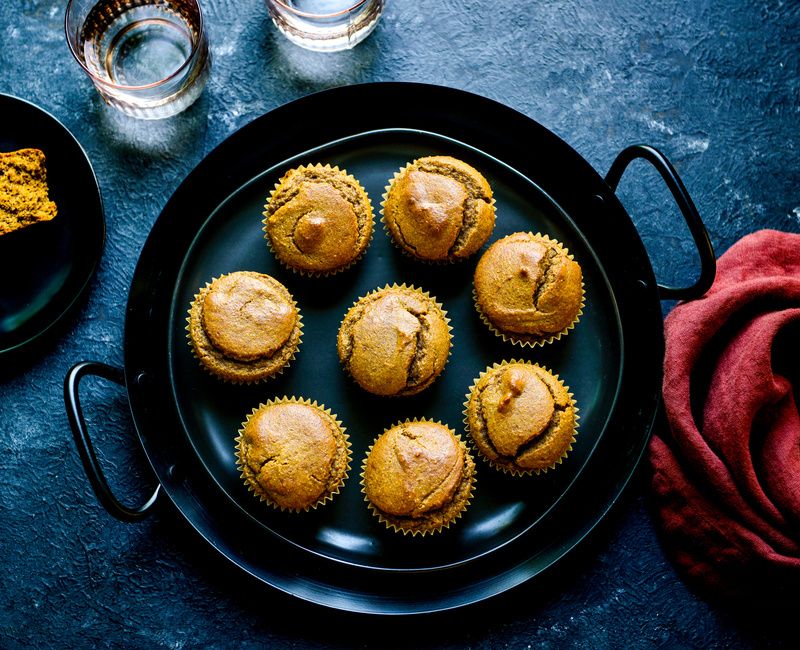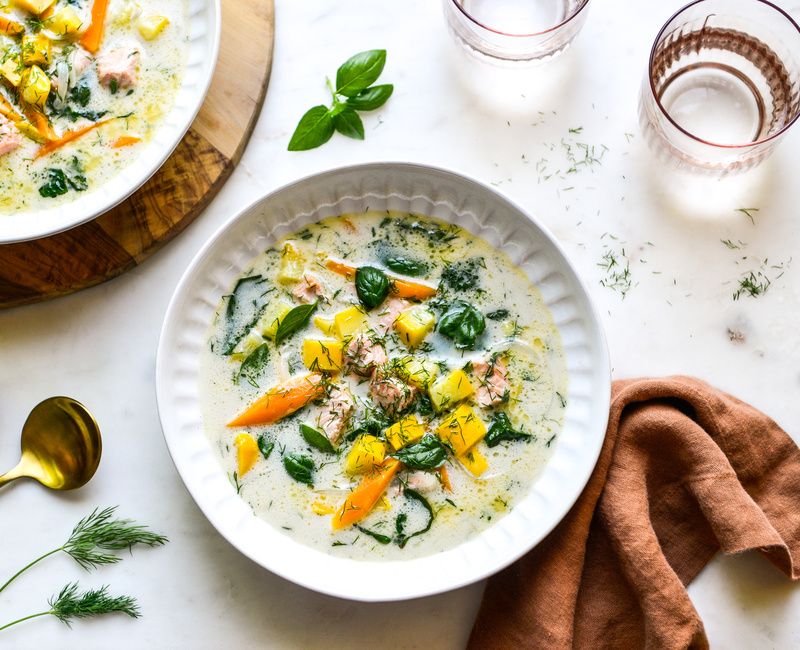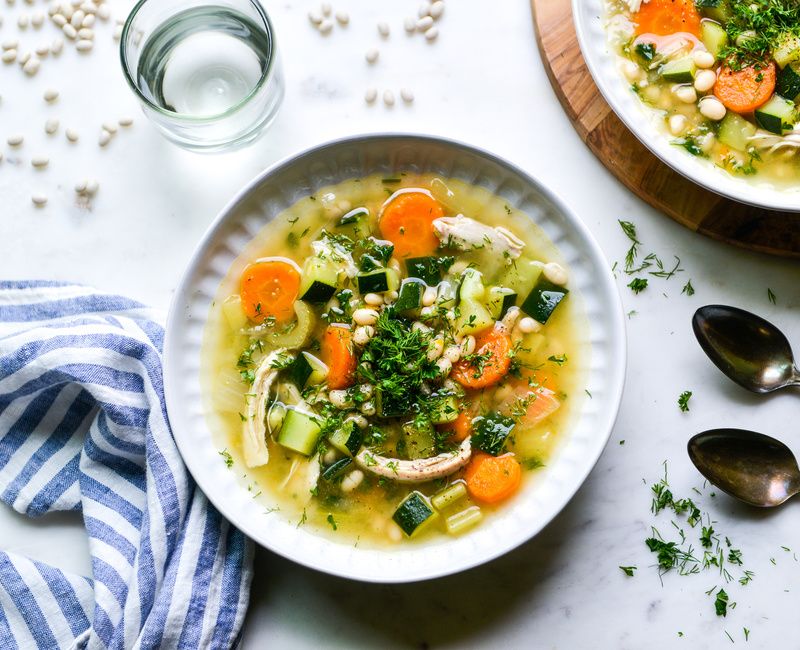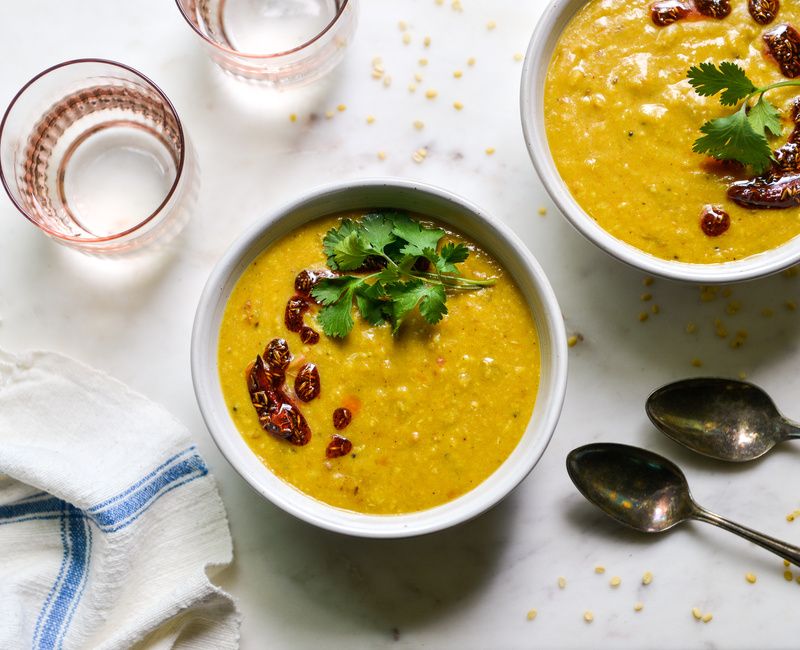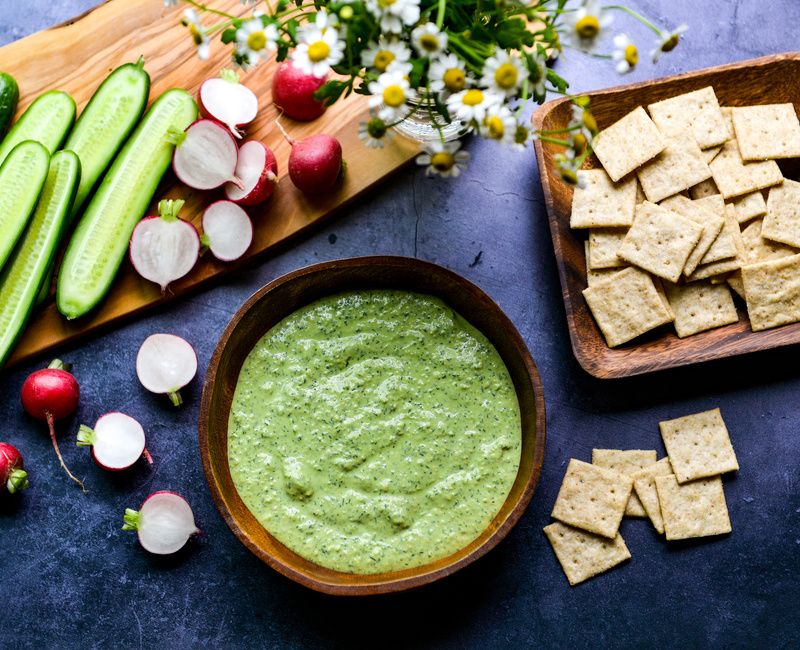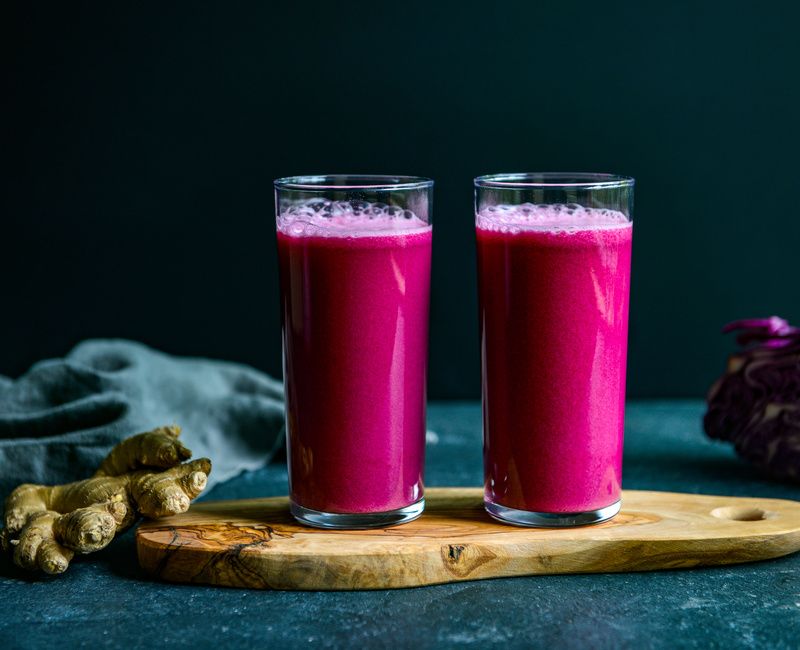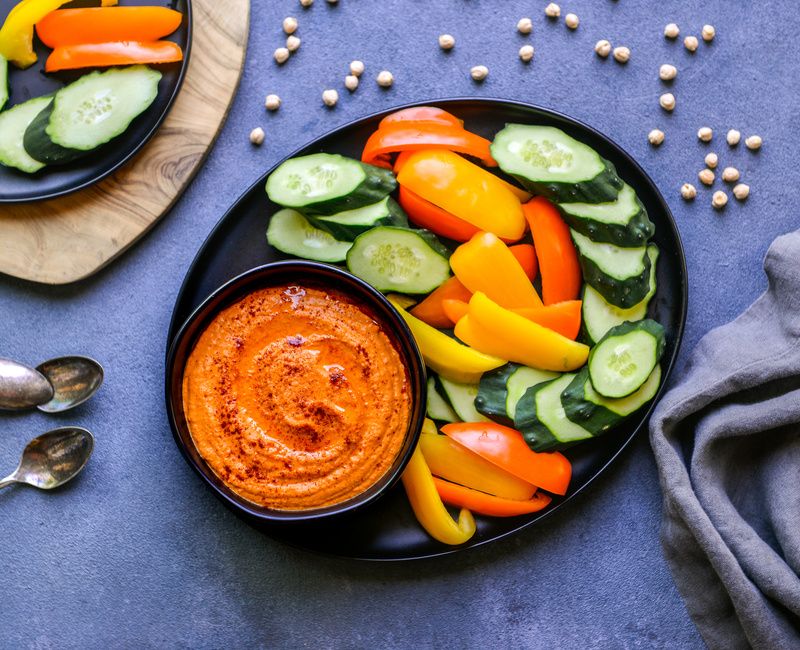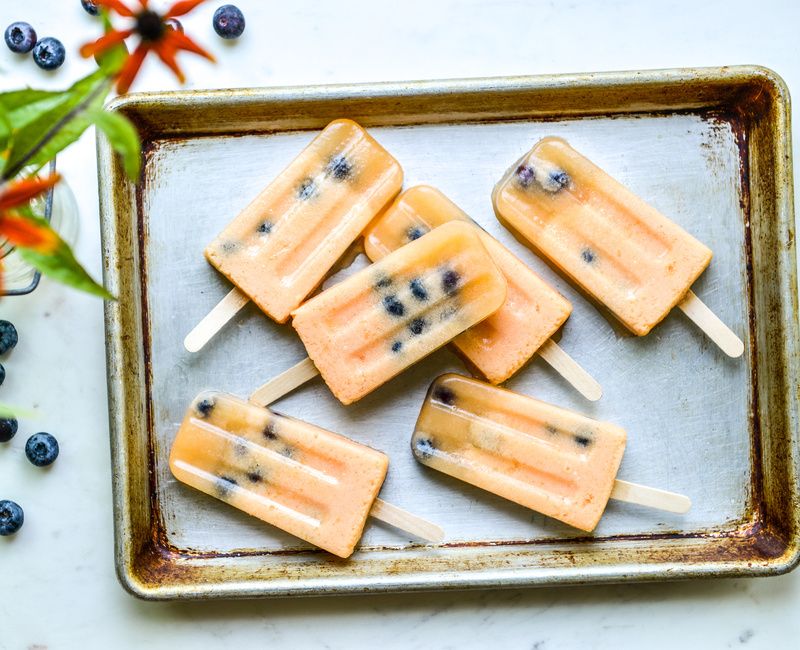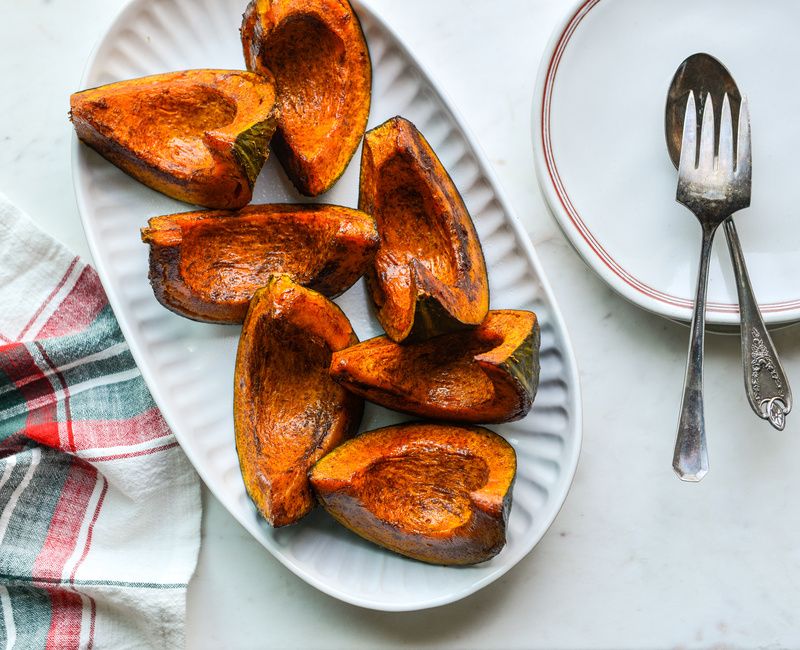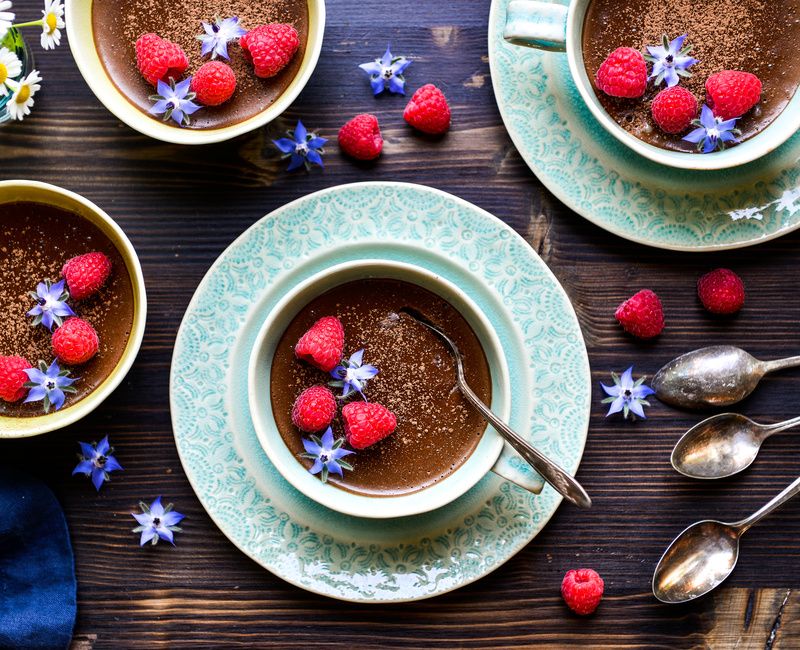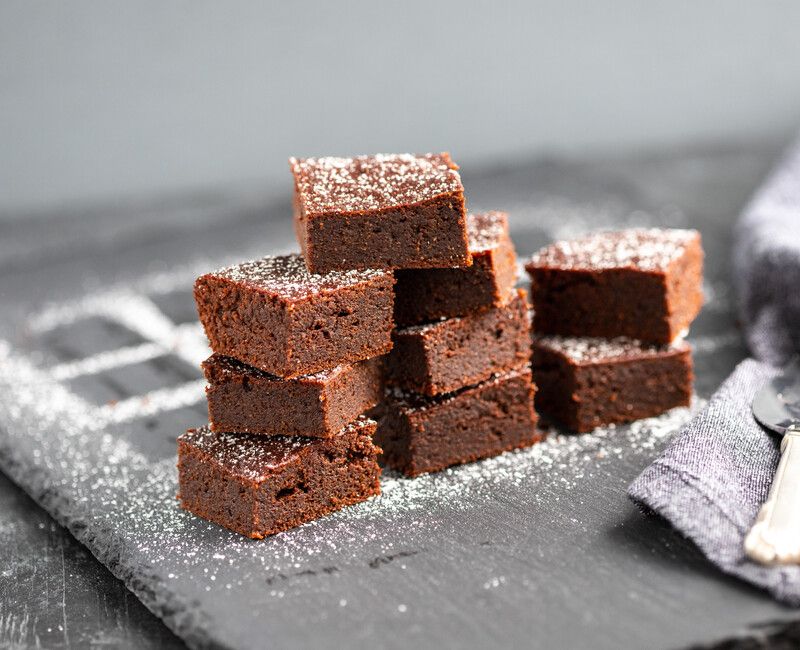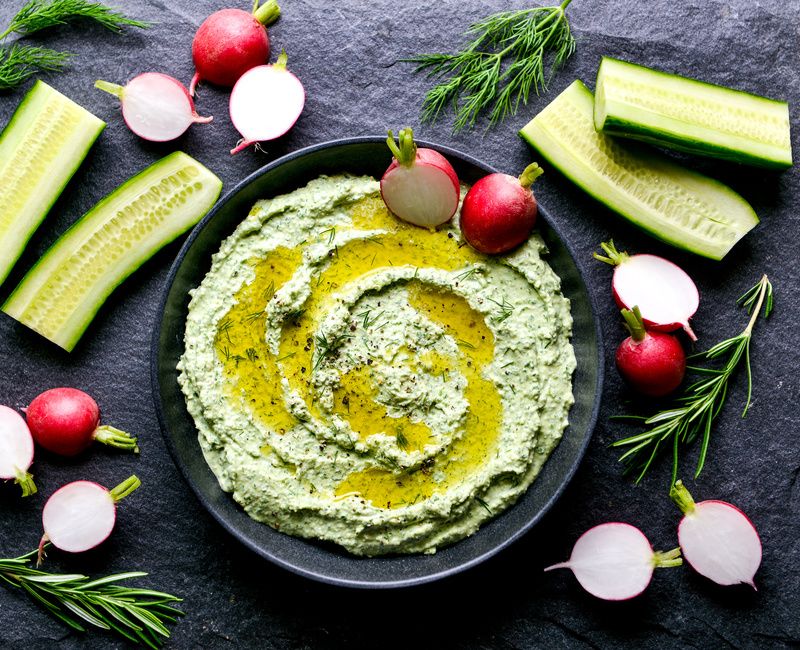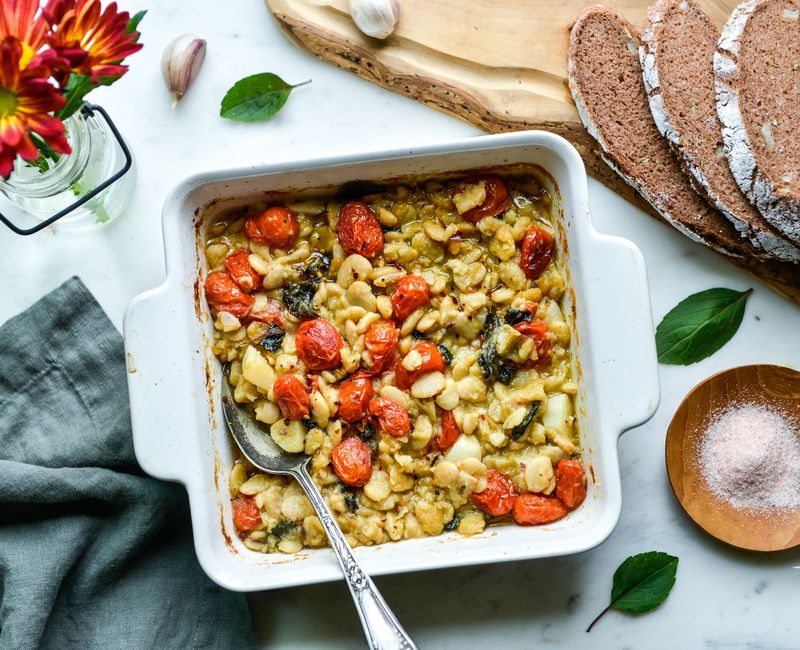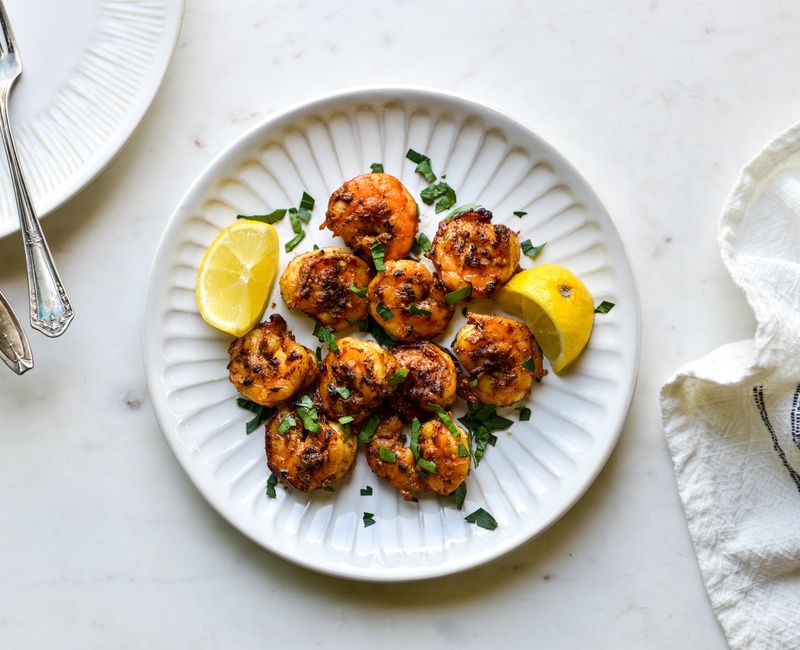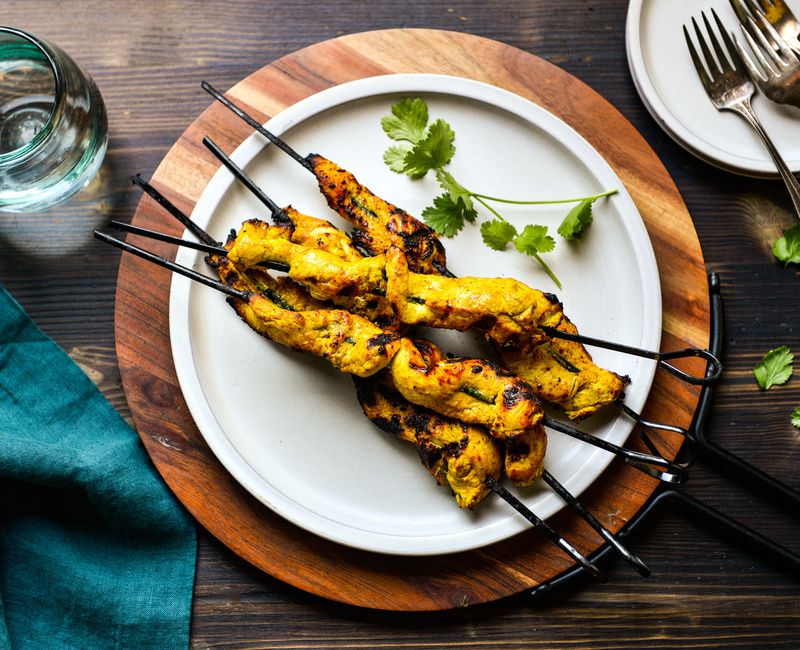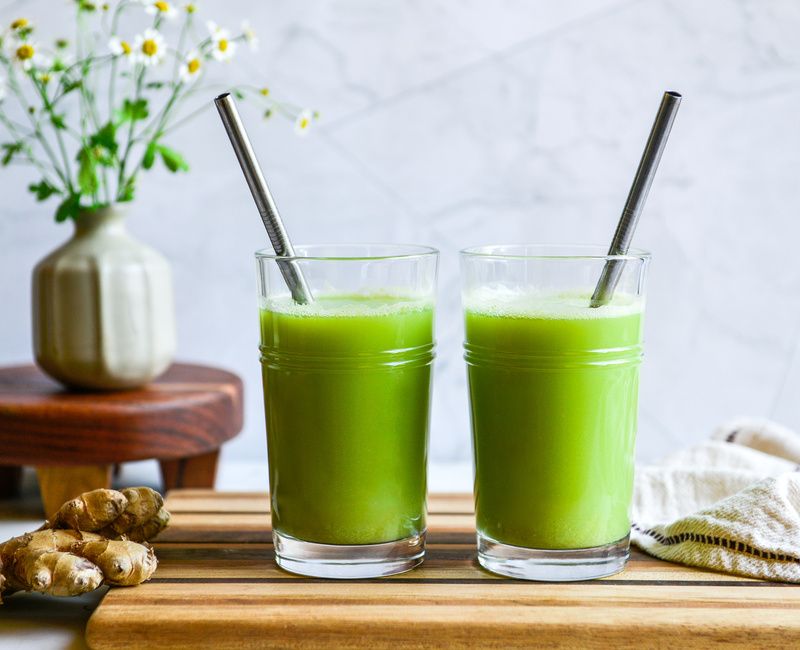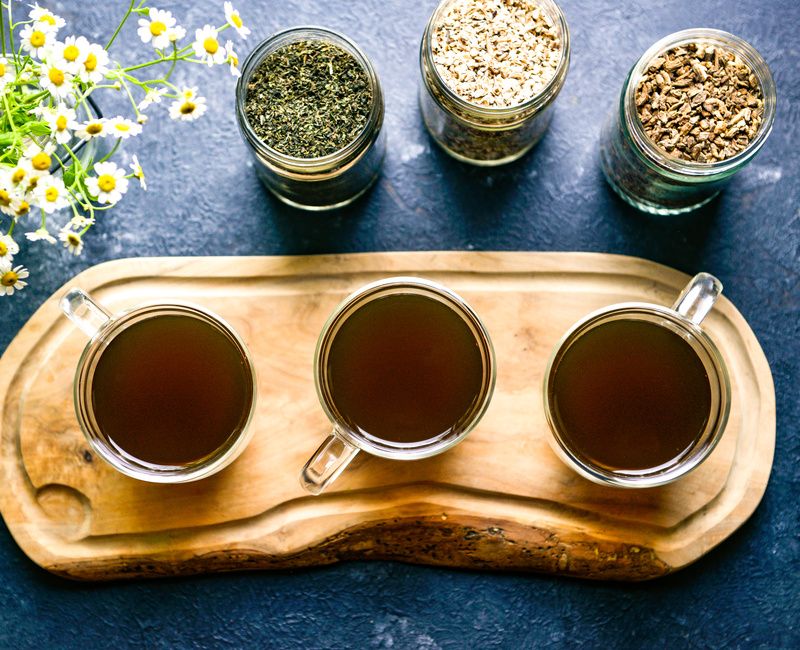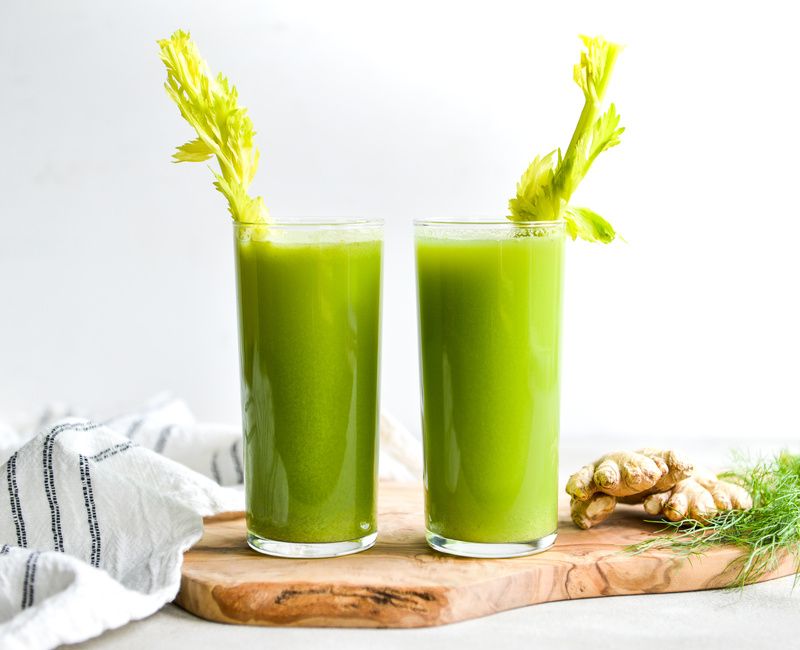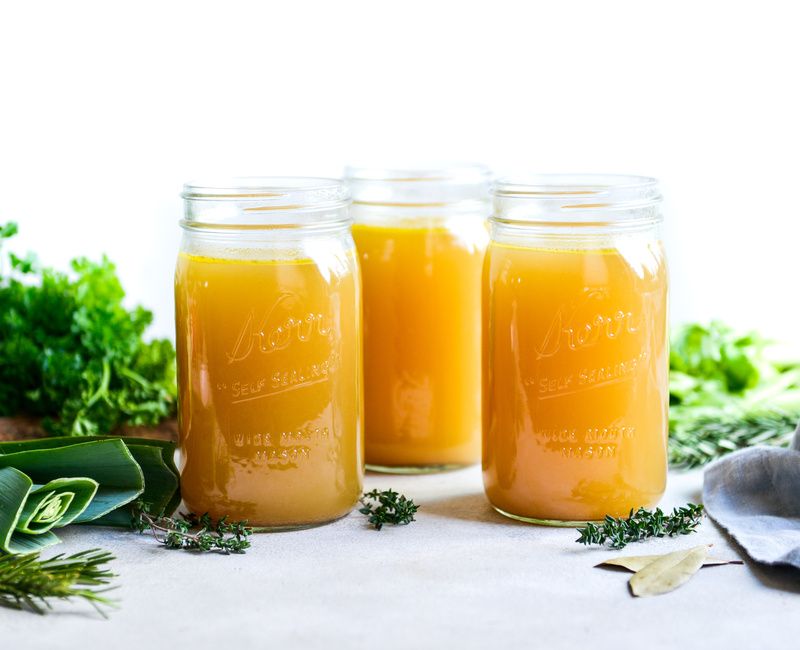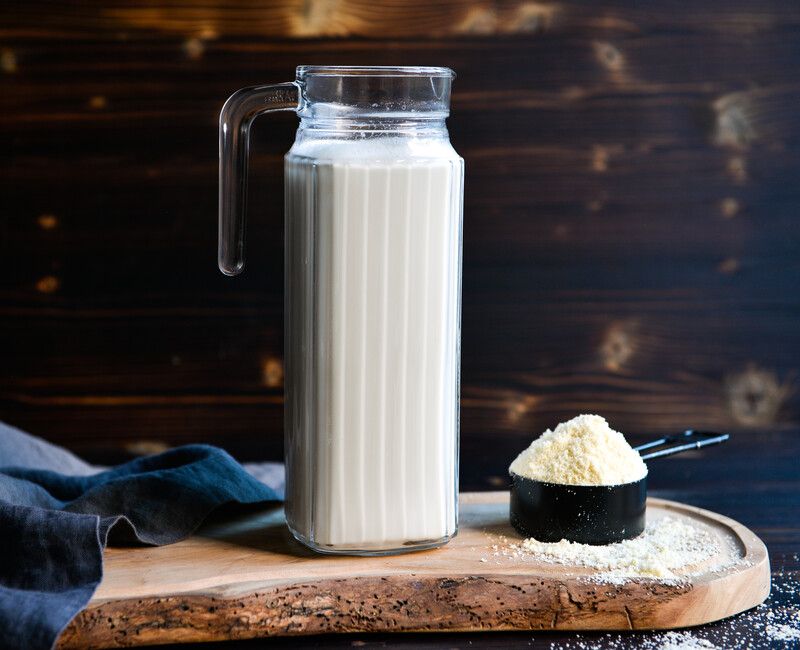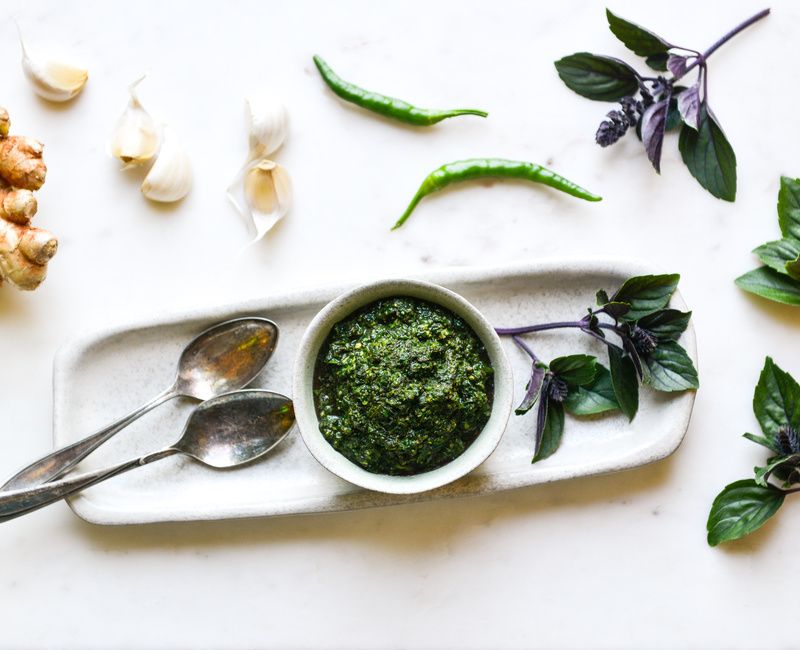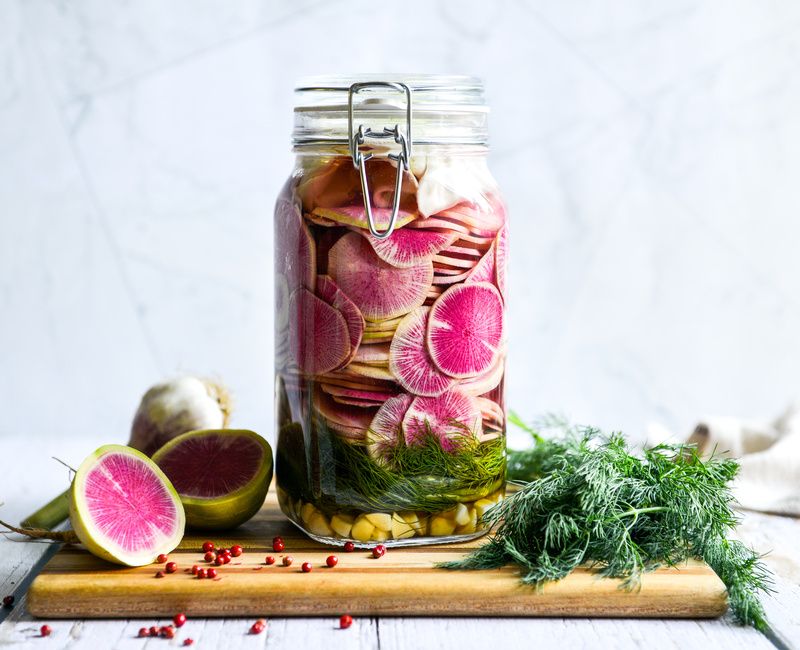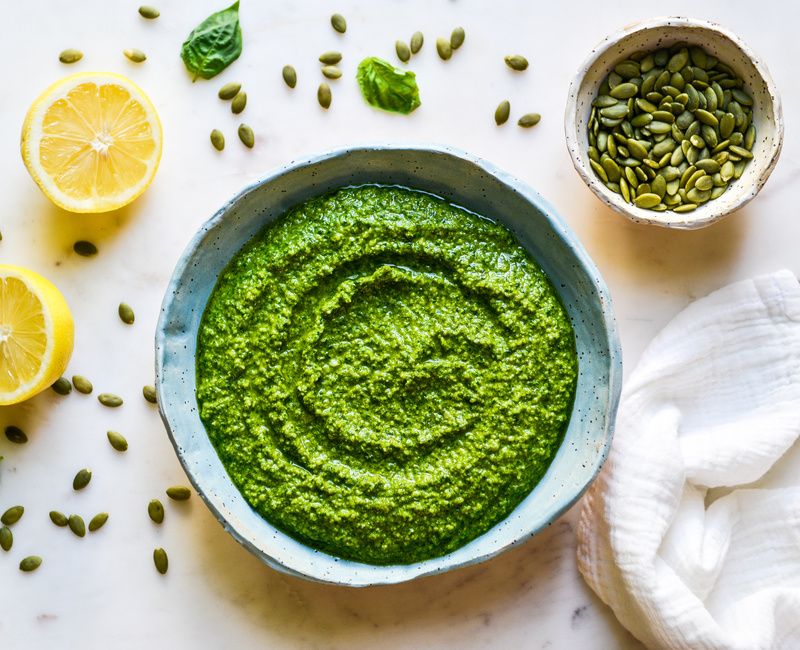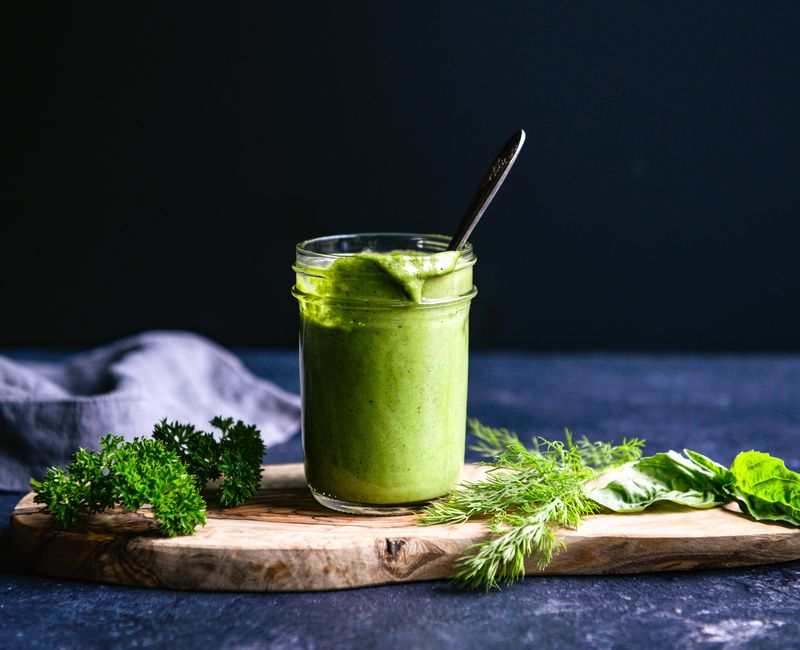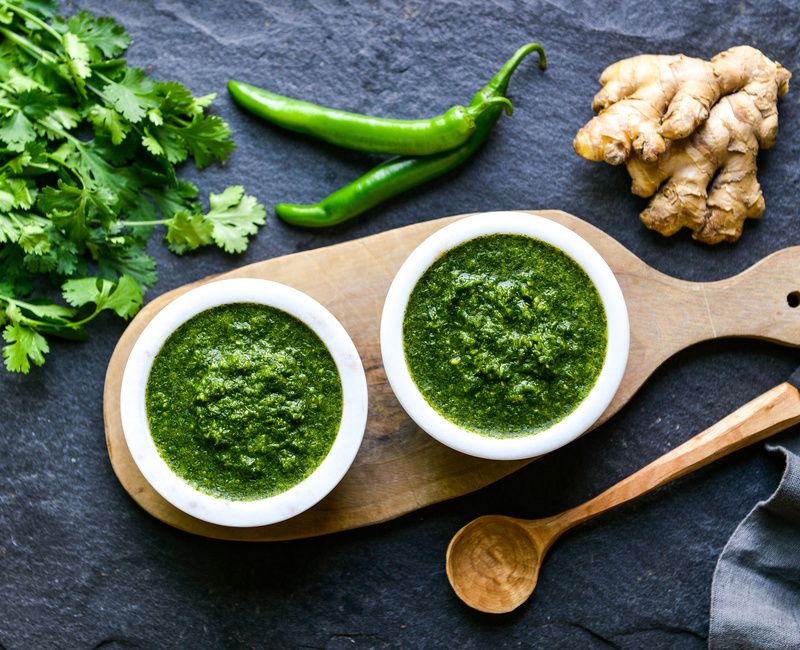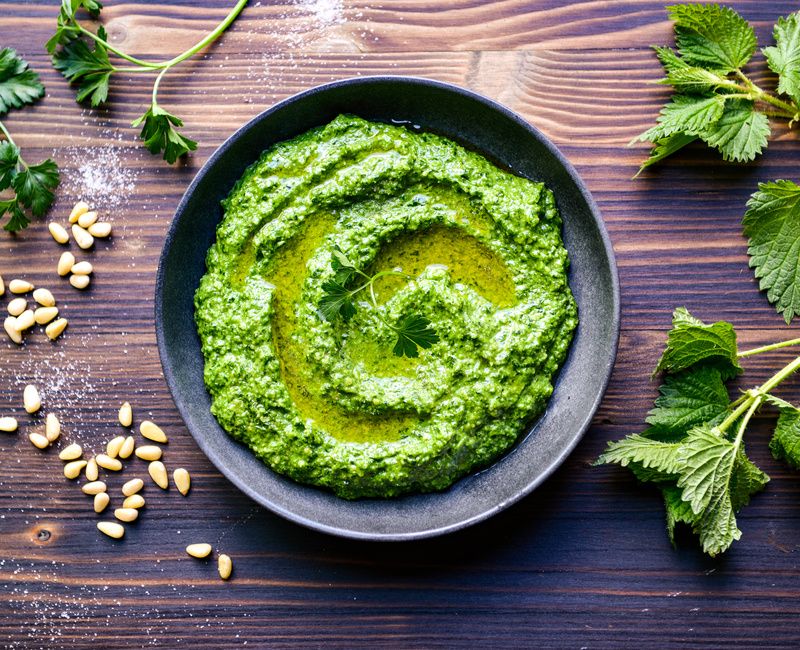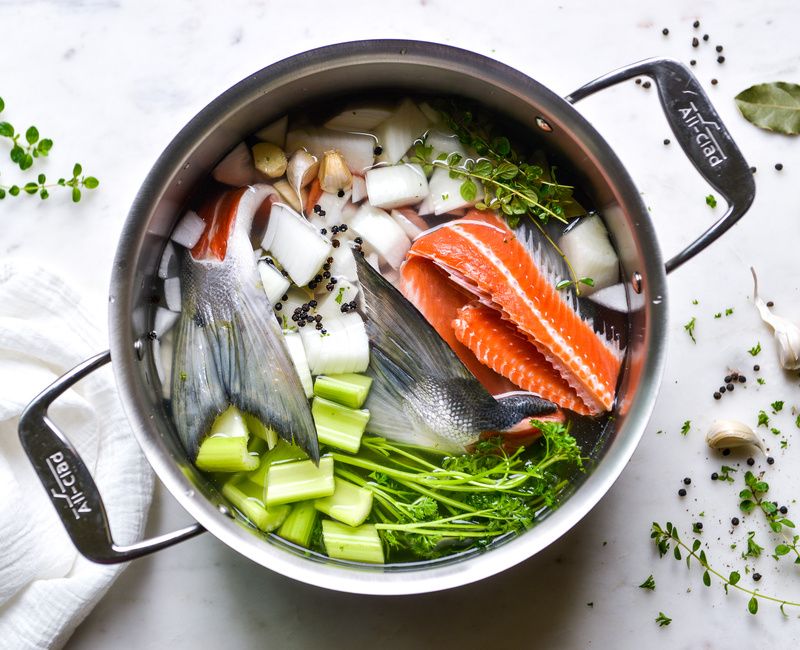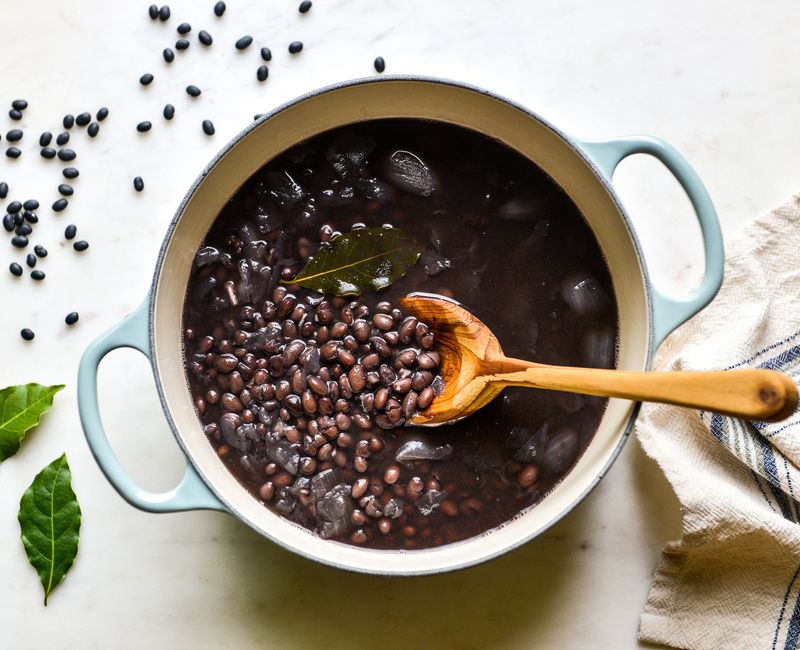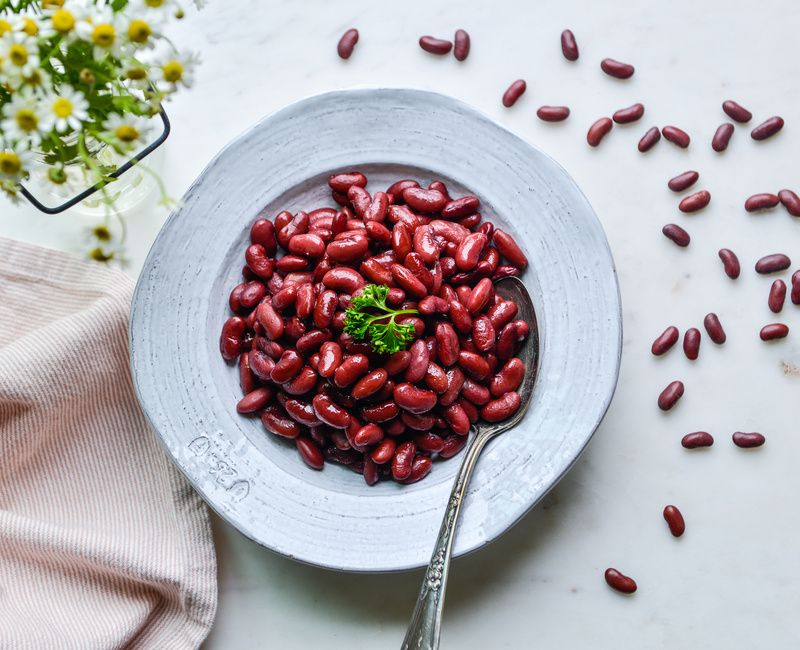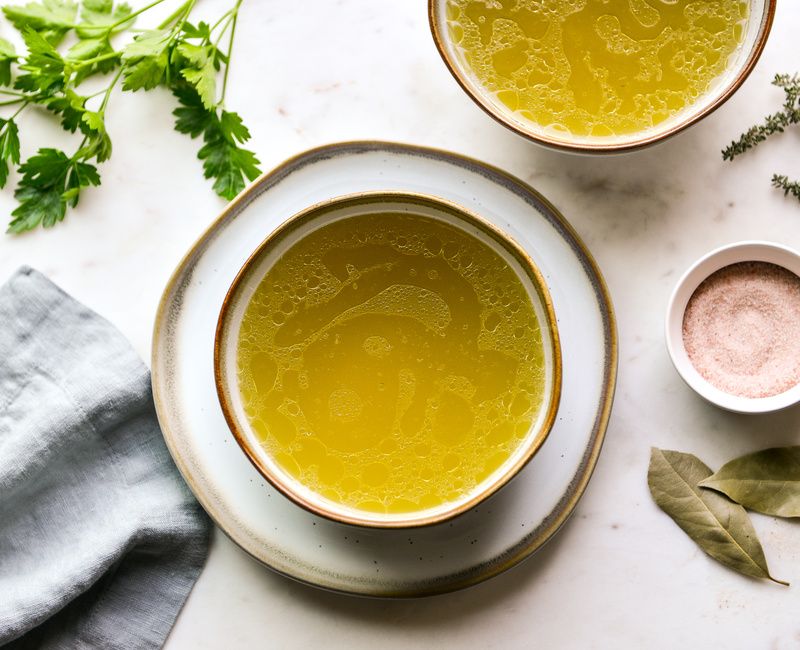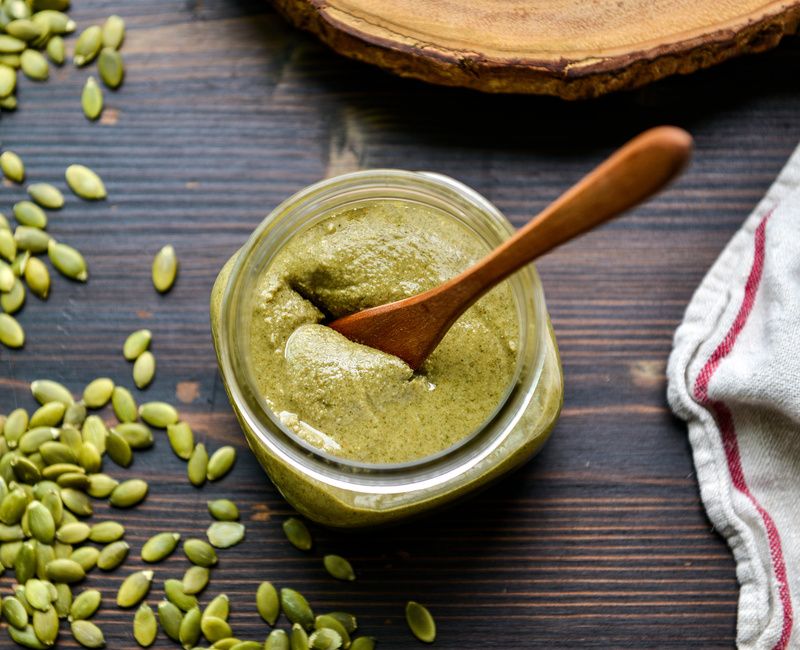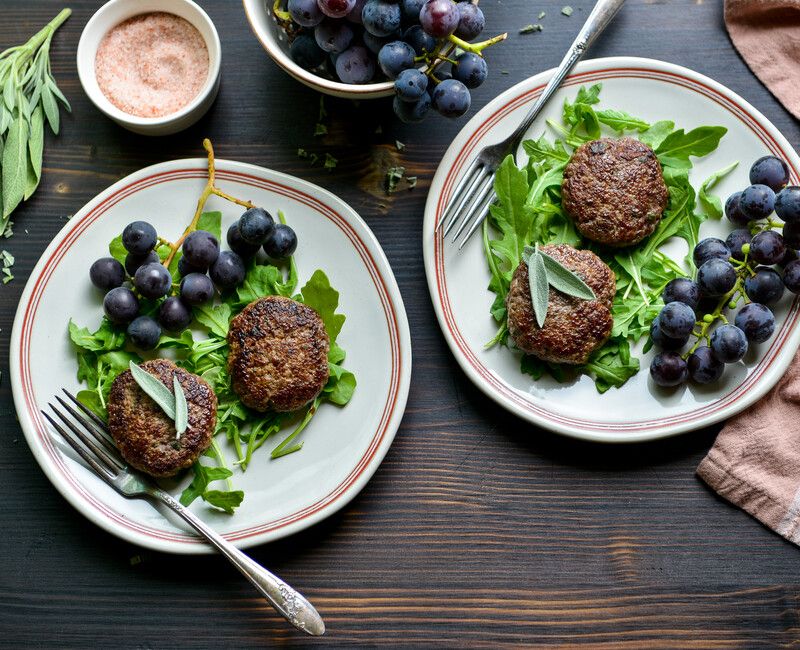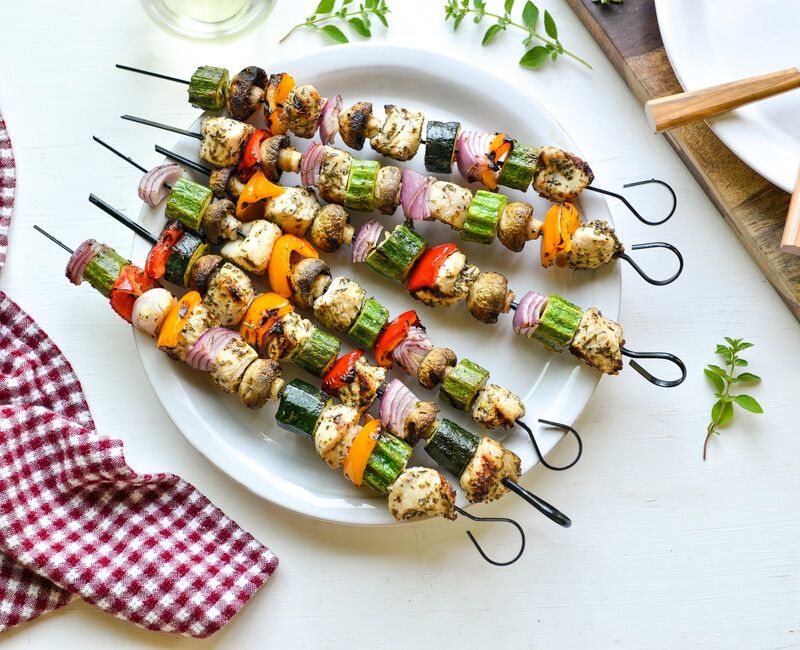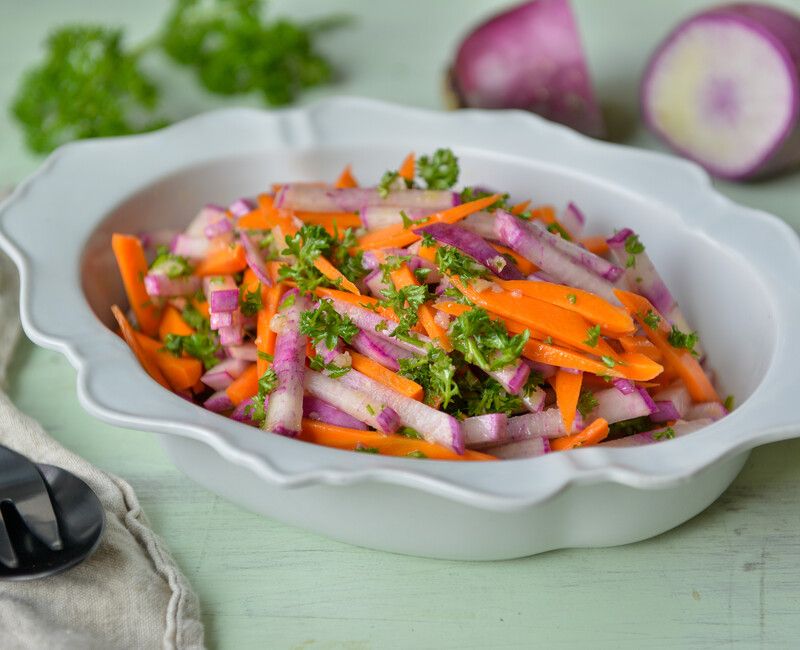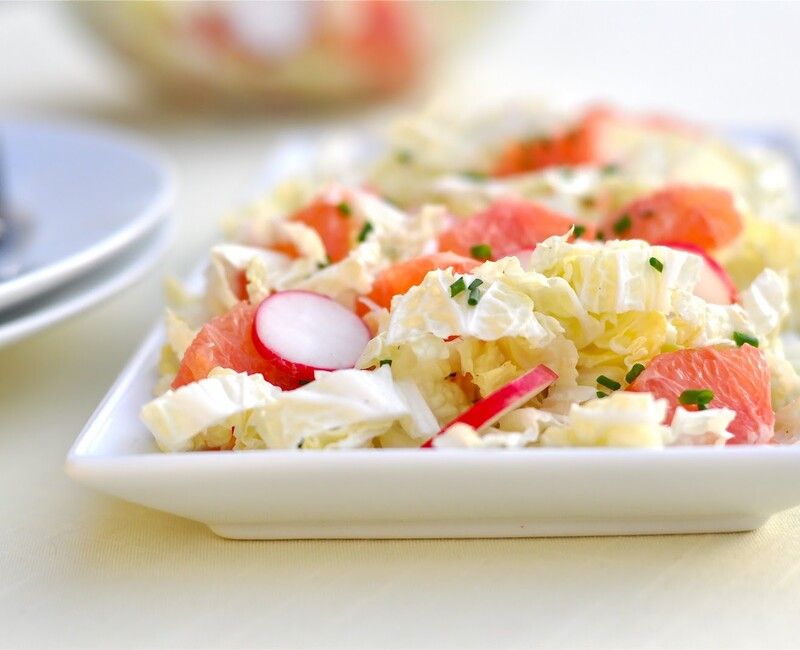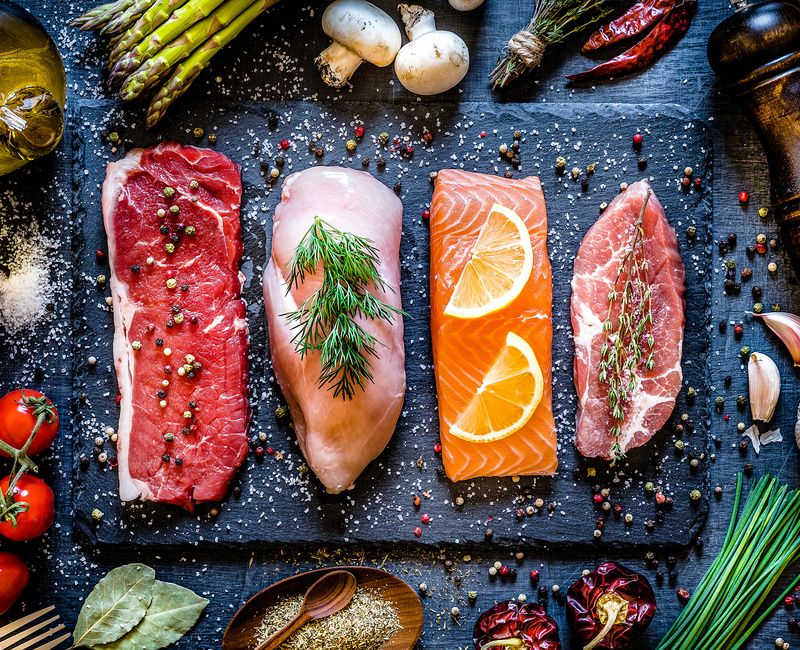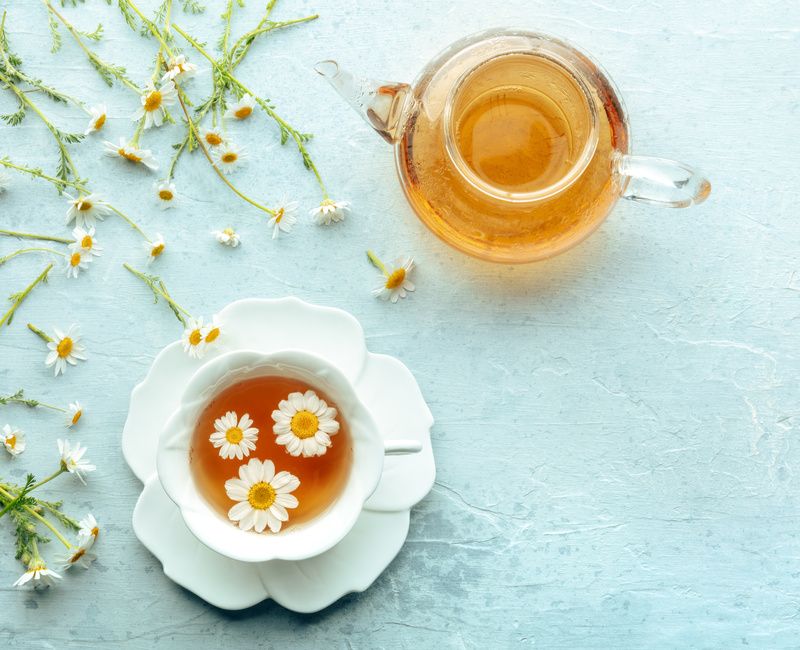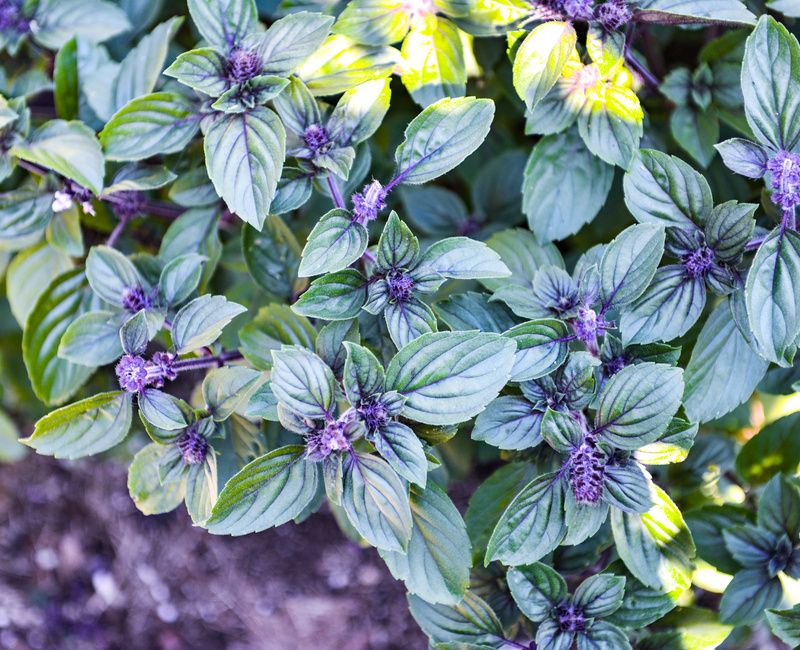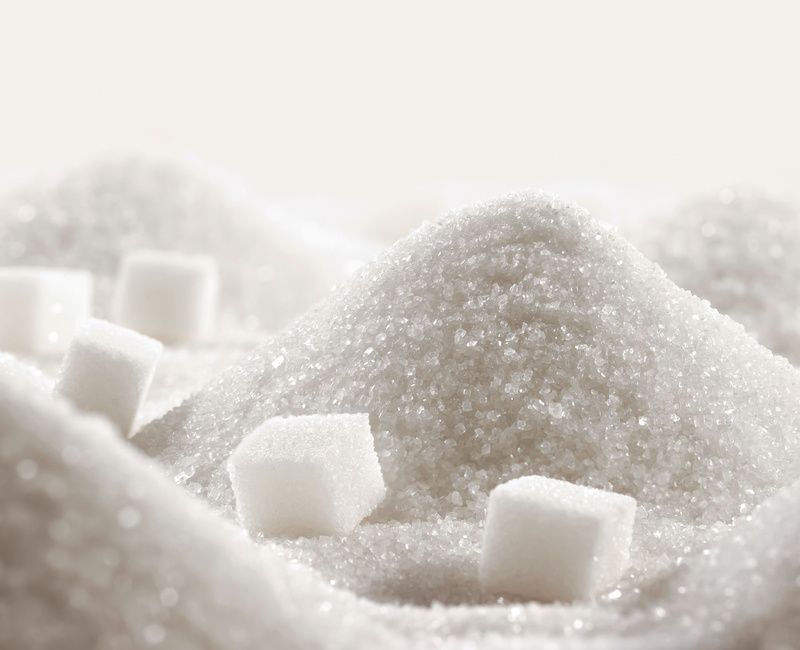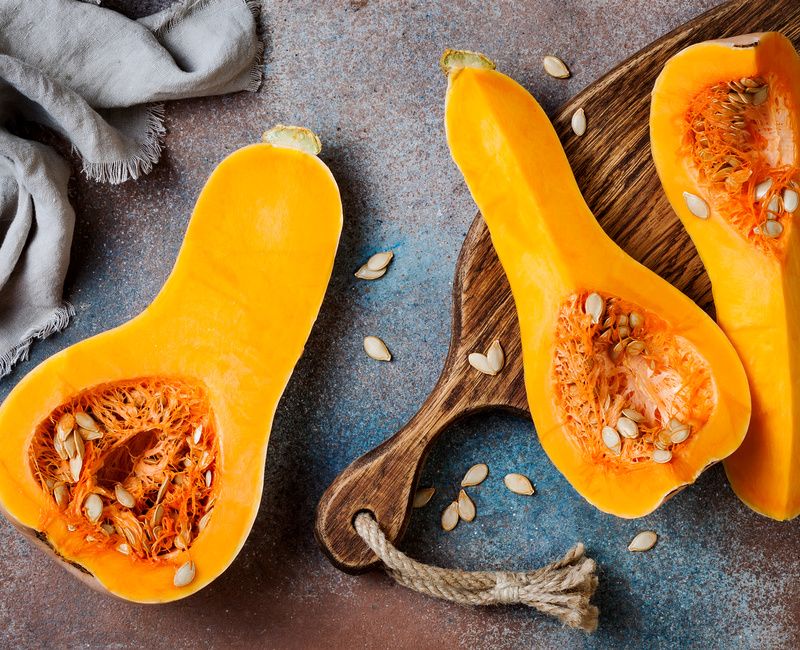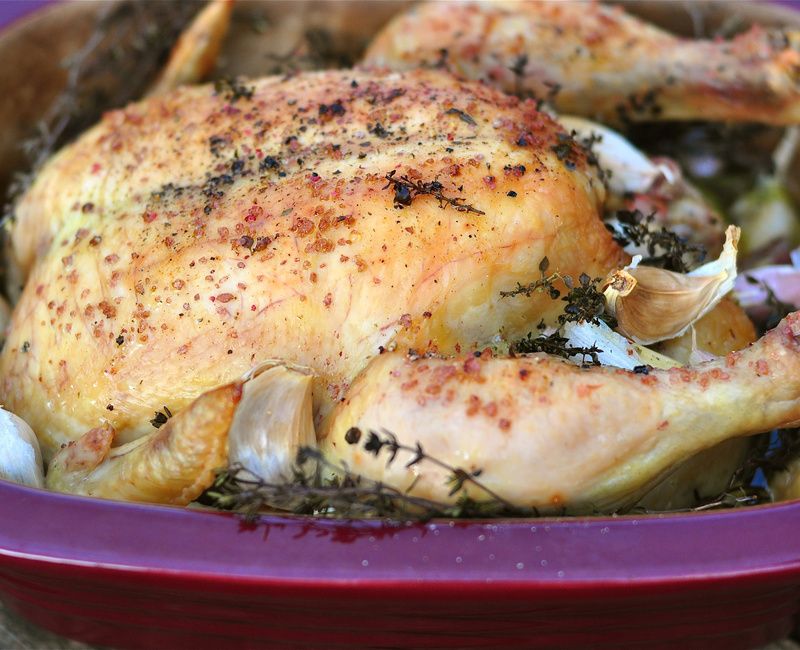IFM Anti-Candida Food Plan
What if the root of your chronic bloating, fatigue, or recurring yeast infections wasn’t just a random symptom—but a sign of deeper imbalance in your gut microbiome? The IFM Anti-Candida Diet is a science-backed, food-as-medicine approach to help bring your body back into balance by addressing the underlying causes of candida overgrowth. Whether you're navigating digestive discomfort, skin issues, or hormonal imbalances, this targeted therapeutic diet supports gut healing, immune balance, and whole-body vitality.
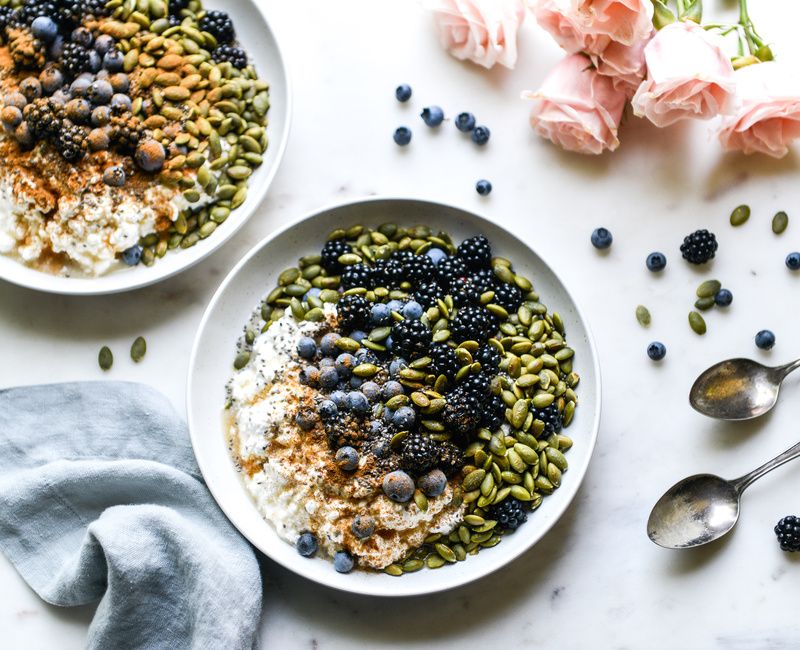
Latest IFM Anti-Candida Food Plan Recipes
IFM Anti-Candida Food Plan Safe with Modifications
What is the IFM Anti-Candida Diet?
The Anti-Candida Diet is a therapeutic, low-sugar, anti-inflammatory food plan designed to reduce yeast overgrowth in the gastrointestinal (GI) tract and throughout the body. It emphasizes whole, nutrient-dense foods that stabilize blood sugar, support healthy gut flora, and calm systemic inflammation.
Candida albicans is a naturally occurring yeast that lives on and inside the human body as part of the microbiome. Under balanced conditions, it coexists peacefully with beneficial microbes. But when the internal ecosystem becomes disrupted—by high-sugar diets, antibiotic use, stress, or immune dysfunction—candida can multiply excessively, leading to a state known as candidiasis or candida overgrowth.
This overgrowth can contribute to digestive issues (bloating, gas, constipation), fatigue, skin rashes, yeast infections, oral thrush, joint discomfort, and even immune dysregulation. The Anti-Candida Diet seeks to restore balance, helping you feel energized, clear-headed, and resilient from the inside out.
Who is the IFM Anti-Candida Diet For?
You may benefit from the Anti-Candida Diet if you experience:
-
Frequent bloating, gas, or indigestion
-
White coating on the tongue (oral thrush)
-
Chronic vaginal yeast infections
-
Red, itchy skin rashes (especially in folds)
-
Fatigue or brain fog
-
Sugar cravings or blood sugar instability
-
Recurrent UTIs or nail fungus
-
A history of frequent antibiotic or steroid use
-
Diagnosed SIFO (small intestinal fungal overgrowth) or GI candida overgrowth
-
Symptoms of leaky gut, food sensitivities, or autoimmunity
This plan is often recommended in functional medicine for individuals with suspected fungal overgrowth, microbial imbalance, or chronic inflammatory conditions that haven’t responded to conventional approaches.
How Does the IFM Anti-Candida Diet Work?
This plan works by:
-
Reducing sugars and starches that feed fungal overgrowth
-
Stabilizing blood sugar to prevent the cyclical highs and lows that candida thrives on
-
Calming inflammation to restore gut lining integrity and immune regulation
-
Supporting detoxification with fiber-rich foods, healthy fats, and targeted nutrients
-
Encouraging microbial balance by removing foods that promote dysbiosis and incorporating foods that feed beneficial bacteria
While dietary changes form the foundation of this plan, additional therapies may include anti-fungal supplements, digestive support, and stress reduction techniques. Functional lab testing (GI-MAP, SIBO, candida antibodies, heavy metals) may help personalize treatment.
Foods to Eat on the IFM Anti-Candida Diet
Focus on fresh, unprocessed foods that are naturally low in sugars and starches, rich in anti-inflammatory compounds, and supportive of a healthy microbiome:
🥑 Fats & Oils
-
Avocado
-
Coconut butter and coconut milk
-
Ghee (grass-fed)
-
Cooking oils: coconut, avocado, olive, sesame
-
Salad oils: flaxseed, hempseed, pumpkin, walnut
-
Olives (green, black, kalamata)
-
Pesto (dairy-free olive oil-based)
🍗 Proteins
-
Organic eggs
-
Wild-caught fish (salmon, sardines, cod, trout, etc.)
-
Pasture-raised meats (beef, lamb, venison, etc.)
-
Poultry (chicken, turkey, duck)
-
Fermented soy: tempeh, natto, tofu (plain, unsweetened)
-
Clean protein powders: hemp, pure amino acids, collagen peptides
🌰 Nuts & Seeds
-
Almonds, walnuts, pecans, hazelnuts, macadamias, Brazil nuts
-
Sunflower, pumpkin, sesame, and chia seeds
-
Ground flaxseed, hemp seeds, and unsweetened coconut
-
Nut and seed butters (almond, sunflower, tahini, etc.)
🥬 Vegetables (Non-Starchy)
-
Artichokes, asparagus, arugula, bok choy, broccoli, broccoflower, Brussels sprouts, cabbage, cauliflower
-
Carrots, celery, chard, kale, collards, dandelion greens, mustard greens, turnip greens
-
Cucumbers, daikon, fennel, green beans, jicama, kohlrabi, lettuce, radicchio, spinach, watercress
-
Garlic, onions, scallions, leeks, shallots
-
Peppers (all), tomatoes, squash (zucchini, spaghetti, pumpkin, delicata), okra, turnips
-
Herbs: chives, parsley, cilantro, basil, microgreens, endive, escarole
-
Sea vegetables, sprouts, snap peas
🍓 Fruits (Low-Sugar Only, 1–2 Servings Daily)
-
Green apple
-
Apricots
-
Blackberries, blueberries, raspberries, huckleberries
-
Strawberries
-
Grapefruit
-
Pomegranate arils
-
Cranberries (fresh or frozen, unsweetened)
🌾 Whole Grains (Limit to 1 Serving Daily)
-
Gluten-free: amaranth, buckwheat, millet, oats (rolled), quinoa, brown or wild rice
-
Grain-based options: 100% sprouted bread, homemade granola (unsweetened), tortillas, or pasta (gluten-free)
🌿 Legumes (limited)
-
Black soybeans
-
Soaked and cooked lentils or beans (½ cup serving)
-
Edamame
(Limit to 2–3 servings/day)
🥛 Dairy & Alternatives
-
Unsweetened yogurt or kefir with live cultures (cow, goat, or sheep milk)
-
Non-dairy milks: almond, coconut, hemp (unsweetened)
-
Non-dairy yogurts: coconut, almond, or soy (plain, cultured)
(Avoid sweetened versions)
🌿 Herbs & Spices
-
All fresh or dried culinary herbs and spices: basil, rosemary, oregano, thyme, turmeric, ginger, cinnamon, garlic powder, onion powder, cayenne, cumin, paprika, chili powder
-
Himalayan or sea salt
-
Vanilla bean (whole), cacao powder (raw, 100%)
🧂 Condiments (Use Sparingly)
-
Coconut aminos
-
Lemon and lime juice (fresh)
-
Miso (unsweetened)
-
Stone ground or Dijon mustard (unsweetened)
-
Unsweetened ketchup
-
Apple cider vinegar
-
Tamari (wheat-free)
🫖 Beverages
-
Filtered water
-
Herbal teas (caffeine-free)
-
Bone, meat, or vegetable broth (organic)
-
Coconut water kefir (unsweetened)
-
Fresh vegetable juices (cold-pressed, raw)
Foods to Avoid on the IFM Anti-Candida Diet:
Avoid foods that feed candida, promote inflammation, or disrupt the microbiome:
🚫 Sugars and Sweeteners
-
White sugar, cane sugar, brown sugar
-
Honey, maple syrup, agave, molasses
-
High-fructose corn syrup
-
Artificial sweeteners (aspartame, sucralose, etc.)
🚫 Refined Carbohydrates
-
White bread, white rice, pasta
-
Pastries, cookies, cakes, crackers
-
Breakfast cereals, granola bars
-
Potato chips, French fries
🚫 Dairy
-
Sweetened or flavored yogurts
-
Cow’s milk
-
Most cheeses (except fresh unaged cheeses like goat cheese or cottage cheese)
🚫 Processed and Inflammatory Foods
-
Processed meats (deli meat, bacon, sausage)
-
Mayonnaise, margarine, shortening
-
Canola, corn, soybean, peanut oils
-
Packaged salad dressings and sauces
🚫 Other Exclusions
-
Alcohol
-
Cashews, pistachios, peanuts
-
All mushrooms (white, cremini, shiitake)
-
All forms of sugar-laden snacks or beverages
Benefits of the IFM Anti-Candida Diet:
Following the Anti-Candida Diet may help you:
-
Reduce bloating, gas, and digestive discomfort
-
Clear up fungal skin and nail issues
-
Resolve recurrent yeast infections
-
Restore balanced gut flora
-
Improve energy, mood, and mental clarity
-
Calm systemic inflammation and support the immune system
-
Enhance nutrient absorption and detoxification
-
Identify hidden food sensitivities
-
Support hormonal balance, especially in women
Challenges and Drawbacks:
-
Initial sugar cravings and fatigue as your body adjusts
-
Temporary “die-off” symptoms (e.g., headaches, mood changes) from candida dieback (use an activated charcoal supplement to help)
-
Social dining restrictions due to food limitations
-
Need for careful label reading to avoid hidden sugars
-
May require practitioner support for lab testing and supplement guidance
With the right plan and support, most people find that their energy and well-being improve dramatically within the first few weeks.
How Do I Start the IFM Anti-Candida Diet?
-
Sign up for a Nourishing Meals® Membership: Get access to hundreds of anti-candida recipes, ready-made meal plans, and personalized grocery lists to make the process simple and delicious.
-
Clear your pantry: Remove high-sugar, processed, and refined foods that feed candida.
-
Stock your kitchen with nourishing essentials: Prep non-starchy vegetables, clean proteins, healing fats, and foods that support gut health.
-
Create your first meal plan: Use our filtering tools to choose “IFM Anti-Candida Food Plan” and instantly generate a therapeutic meal plan tailored to your needs.
-
Consider testing: Work with a functional medicine practitioner to order labs (GI-MAP, SIBO breath test, candida antibodies, or heavy metals) to personalize your plan and monitor your progress.
Your Invitation
If you’re ready to rebalance your gut, calm inflammation, and reclaim your energy—this is your moment.
✨ Try Nourishing Meals® free for 7 days and discover how simple—and deeply healing—it can be to follow a therapeutic diet that supports your whole-body vitality.
